Introduction
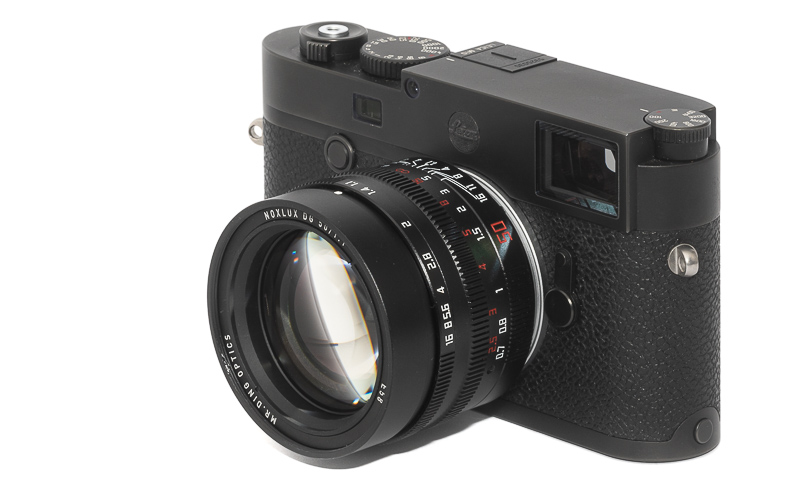
The Syoptic 50mm 1.1 was one of the big surprises for me in 2022, as it was a very capable, fast 50mm lens with surprisingly appealing bokeh rendering and a very affordable price tag.
Unfortunately there were also some issues: almost unreachable filter thread, loose focus rings in the first production run and allegedly some issues with product support.
Now the “official” and improved version of this lens is available branded as Mr. Ding Studio 50mm 1.1 Noxlux. Let’s have a look together.
This lens will be reviewed on the 42mp Sony A7rII and the 24mp Leica M10.
Update 11/23: Information on the updated Mark II version added
This lens is in many aspects identical to the Syoptic 50mm 1.1, so I will reuse a few sections of my review of that lens.
This lens is also part of my Comparison of 6 Super Fast 50mm M-mount Lenses together with the Leica 50mm 0.95 Noctilux-M, the Zhong Yi 50mm 0.95 M, the Voigtländer VM 50mm 1.0 Nokton, MS-Optics 50mm 1.0 ISM and Voigtänder VM 50mm 1.2 Nokton.
Sample Images
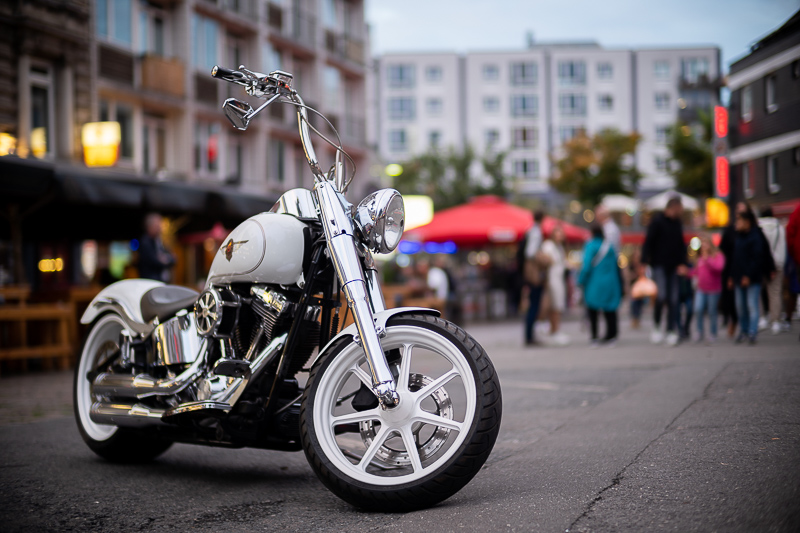
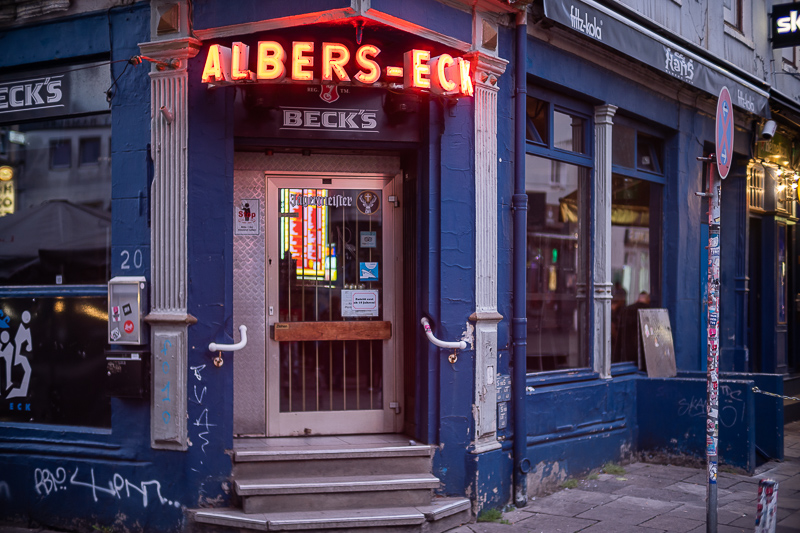
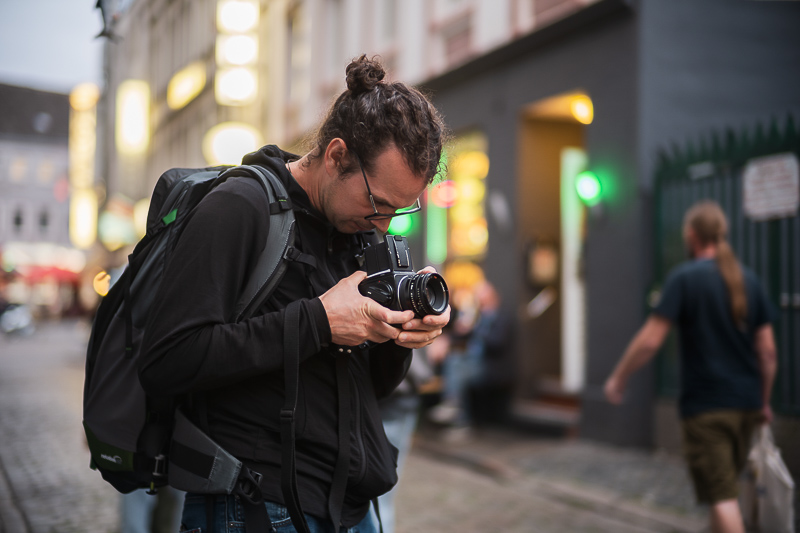
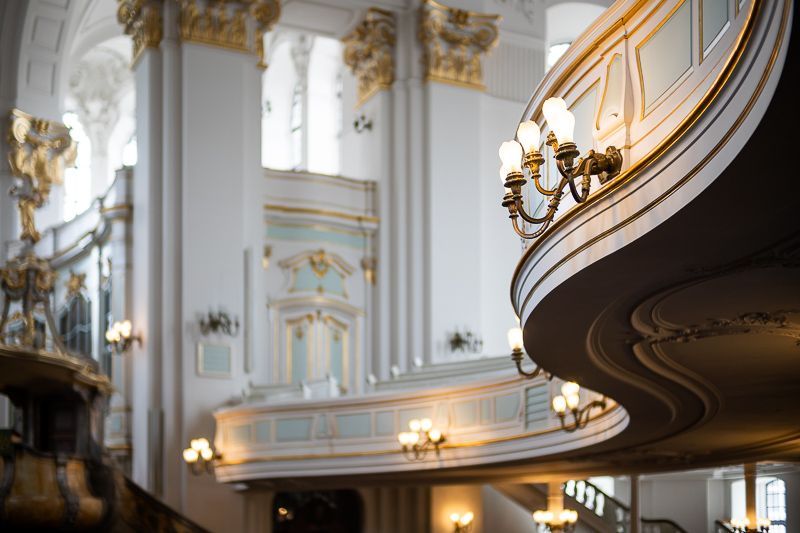
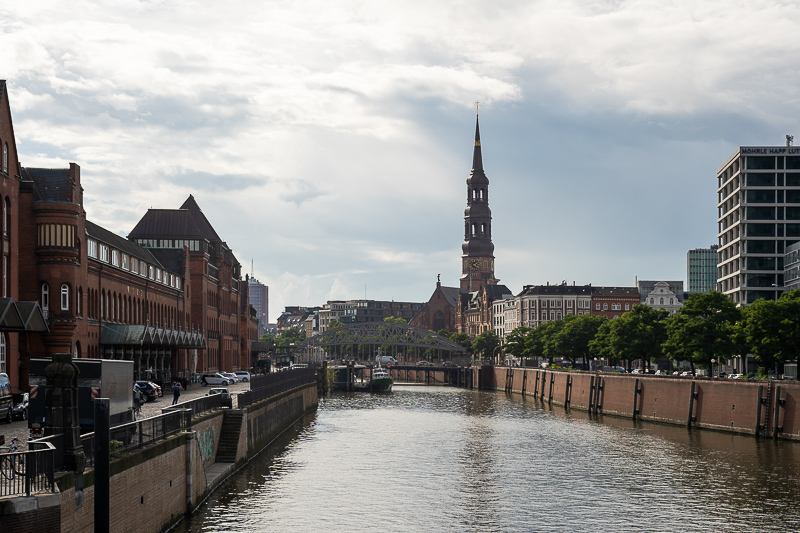
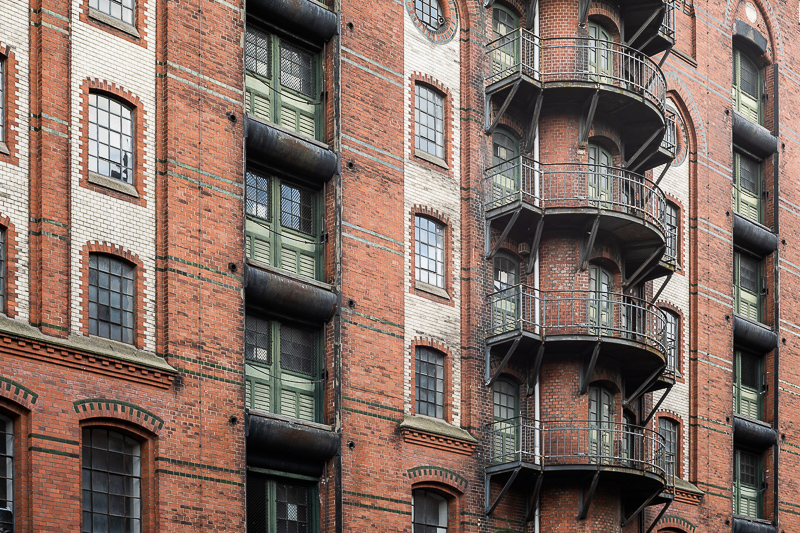
Most of the sample images in this review can be found in full resolution here.
Contents
Disclosure
While I bought the Syoptic 50mm 1.1 myself from eBay just like anybody else, the marketing department of Mr. Ding Studio sent me this improved Mr. Ding 50mm 1.1 Noxlux for a few weeks to have a look at and write a review so that I would be able to tell you about the differences between these lenses. After using it I decided to buy this improved version.
Specifications
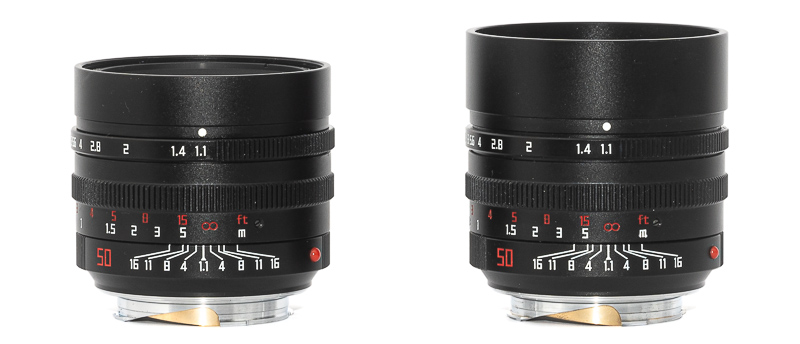
Unlike the Syoptic 50mm 1.1 the Mr. Ding 50mm 1.1 Noxlux will only be available for M-mount – at least for the time being. The specifications are almost identical to the Syoptic M-mount lens, but the new version has an easy to reach 58mm filter thread and this design change led to a slightly shorter and 20g lighter construction. The full specifications are:
-
- Diameter: 62 mm
- Field of view: 47° (diagonally)
- Length: 54 mm
- Weight: 385g
- Filter Diameter: 58 mm
- Number of Aperture Blades: 11 (rounded)
- Elements/Groups: 8/6
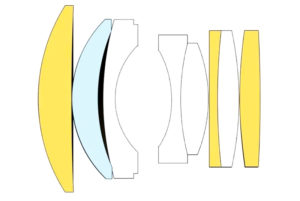
- Close Focusing Distance: 0.7 m
- Maximum Magnification: 1:11.7
- Mount: Leica-M
You can buy this lens from the official Mr. Ding Studio shop for $399. The lens can also be found on ebay.com, but here you may get an OEM lens without product support (affiliate links)
Handling / Build Quality
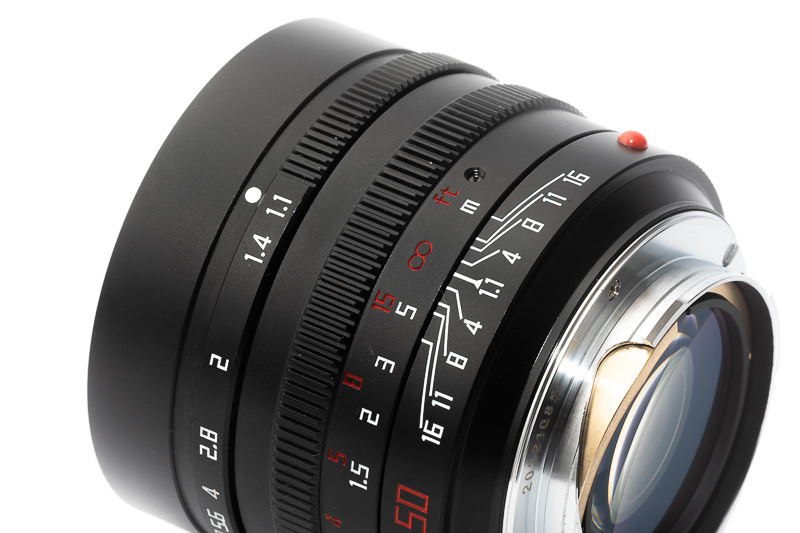
The design resembles that of the Leica M-mount lenses, it reminds me of the Leica 50mm 1.4 Summilux-M Asph, but there is no retractable lens hood here, even though it looks like there was. Also the engravings are white/red instead of the more commonly used white/orange.
The mechanical quality feels very good, albeit not as good as that of the Leica or some of the better TTArtisan lenses: the aperture ring (90° rotation from f/1.1 to f/16, but no f/11) is of the linear type with non-equidistant stops (which I am not a fan of) but luckily we get click stops (which I am a big fan of), so it is possible to change the aperture to a desired value without looking at the lens. On this sample the aperture ring can also be moved a bit further than f/1.1, a feature it shares with some Leica lenses I have used and find rather undesirable.
It should also be noted that the aperture ring turns in the opposite direction compared to the Leica and Voigtländer M-mount lenses.
Update: the newer Mark II version has an aperture ring that rotates in the “correct” direction.
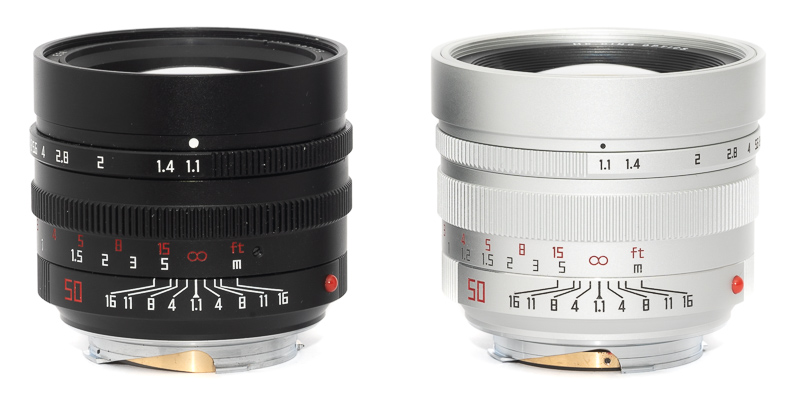
The focus ring offers a nice, even resistance and rotates 90° from the minimum focus distance of 0.7 m to infinity. I found the focus ring of the Syoptic 50mm 1.1 to be on the soft side and am happy to report that it is slightly stiffer on this Mr. Ding 50mm 1.1.
When using the lens on a rangefinder camera like the Leica M10 there is noticeable viewfinder blockage which gets worse on focusing closer, as this lens features a unit focus design. The now shorter construction leads to a slight improvement compared to the Syoptic 50mm 1.1 here.
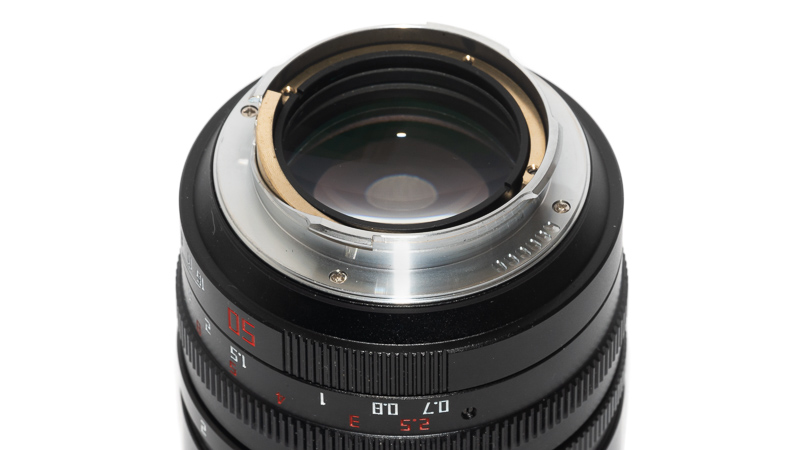
Luckily – as has been kind of the norm for M-mount lenses from China – it is again possible to adjust the rangefinder coupling yourself. For the sample I received this wasn’t needed, it was well calibrated out of the box.
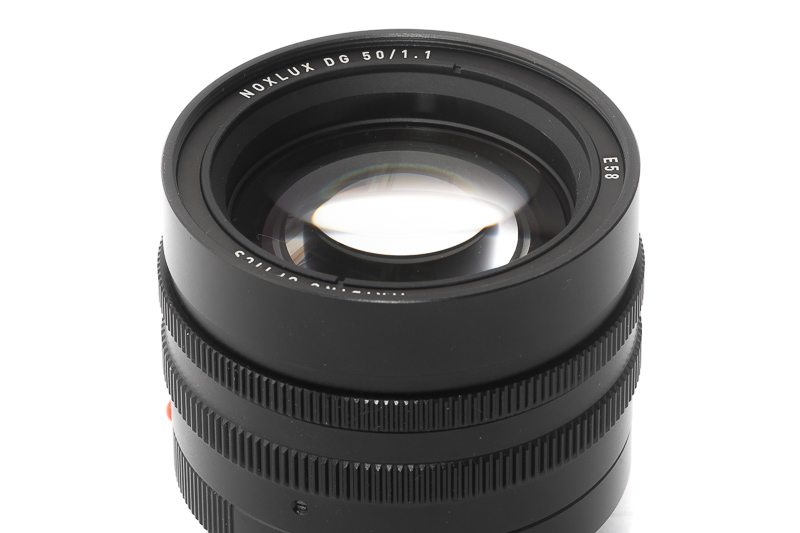
There is no hood distributed with the lens, but the front element is a bit recessed. My main complaint with the Syoptic 50mm 1.1 was the recessed 52mm filter thread so I am happy to report we now have an easy to use 58mm filter thread.
Update: the Mark II version does come with a screw on hood that can also be attached reversed:
The hood is also painted matte black on the inside, not something I see that often.
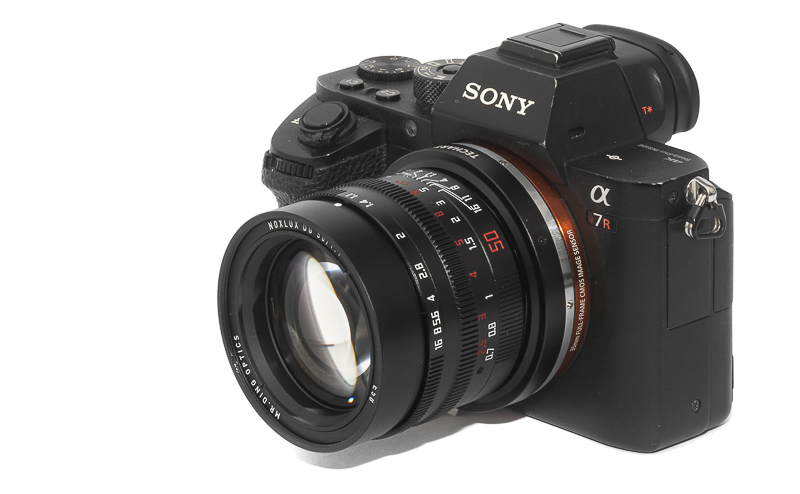
I also found this lens to work really well with the Techart LM-EA9 AF adapter, as it is one of the few lenses where the AF works not only in the center of the frame, but even in the very corners with my A7III.
Vignetting
light falloff
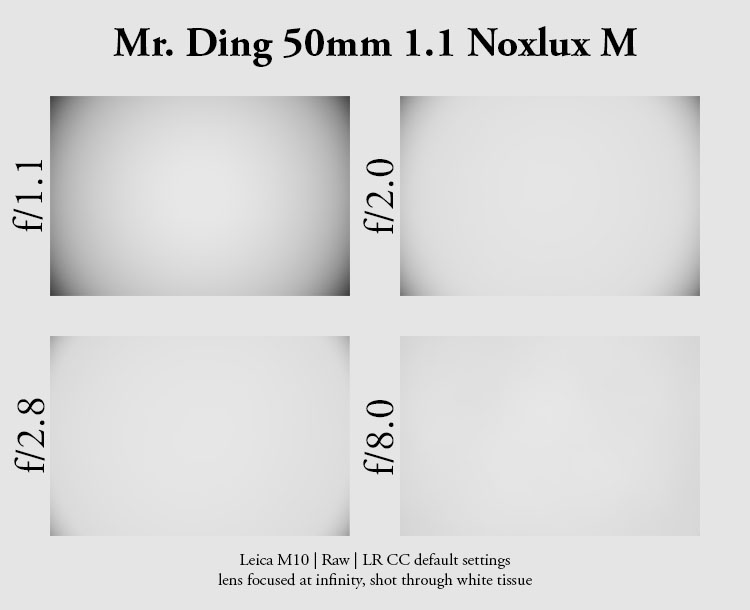
| f/1.1 | 3.4 EV |
| f/1.4 | 3.1 EV |
| f/2.0 | 2.1 EV |
| f/2.8 | 1.4 EV |
| f/4.0 | 0.9 EV |
| f/5.6 | 0.6 EV |
| f/8.0 | 0.4 EV |
| f/16 | 0.4 EV |
The vignetting at wider apertures is in line with what I have seen with other 50mm lenses. The MS-Optics 50mm lenses, the 7Artisans 50mm 1.1, the TTArtisan 50mm 0.95 and the Voigtländer VM 50mm 1.5 II show even higher vignetting figures at their widest aperture. The Voigtländer VM 50mm 1.2 and the Laowa 45mm 0.95 show very similar values. The Samyang 50mm 1.2 XP and the Zhong Yi 50mm 0.95 M show half a stop less vignetting in the corners. No changes here compared to the Syoptic 50mm 1.1 M.
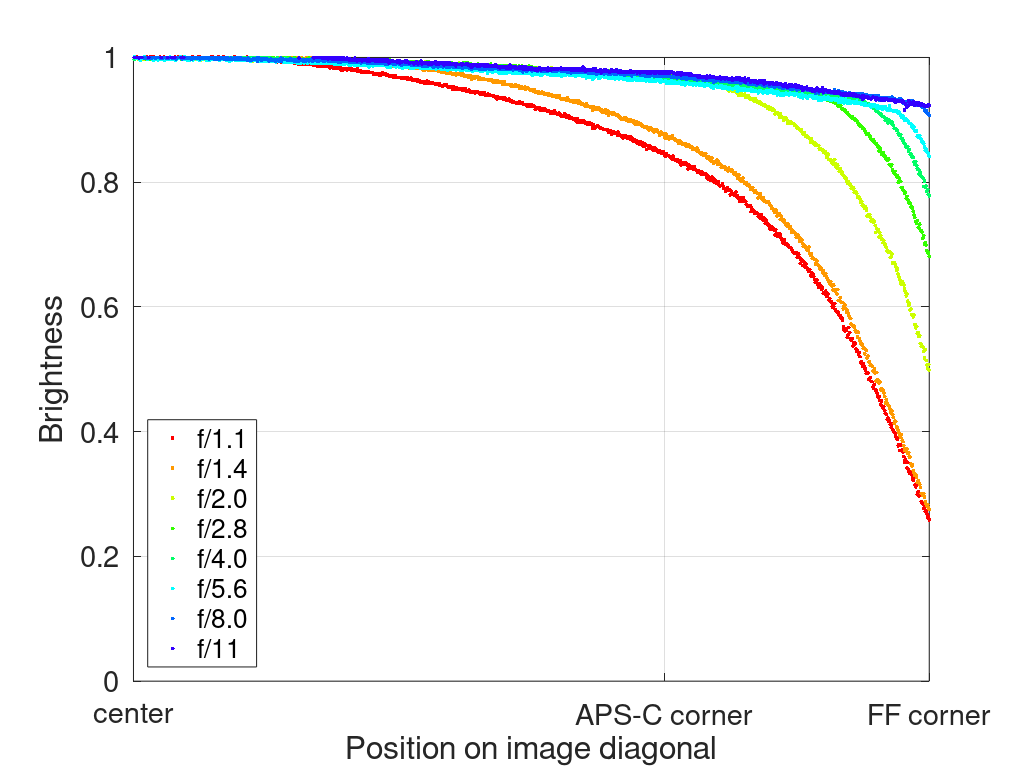
It is recommended to have a look at this article first to get an idea how this brightness graph works.
What is also surprising is the very low vignetting stopped down, by f/5.6 it is hardly noticeable anymore. The only other 50mm lenses I have used that show this little vignetting stopped down are the Samyang 50mm 1.2 XP and the Sigma 50mm 1.4 EX.
optical vignetting
Very fast yet compact lenses usually show a significant amount of optical vignetting. Without going too much into technical details optical vignetting leads to the truncation of light circles towards the borders of the frame.
In the center of the frame almost every lens will render a perfect circle, but only lenses with very low optical vignetting will keep this shape in the corners.
So in the following comparison we move from the center (left) to the extreme corner (right) and see how the shape of the light circle changes.
I have reviewed a lot of fast 50mm lenses and I thought this time it might be interesting to add a few more lenses to put things into perspective. As you can see all of these lenses show strong optical vignetting and I am not sure how field relevant these differences would actually be. I like the Voigtländer VM 50mm 1.5 II the least here, due to very strong onion rings and a very sharp shape in the corners and the MS-Optics 50mm 1.0 ISM has the strongest optical vignetting, already visible not that far from the center. The other ones all perform rather similar.
The lines running through the circles are due to the glass I used as a mirror to take these pictures and are not a feature of the lens.
I did not shoot the lenses side by side, if I did the light circles would be of same size at shared apertures. The lenses were set to 0.7 m focus distance, results may vary at other distances.
When looking closely we also see the change in diameter between f/1.1 and f/1.4 is not as big as it should be and the change between f/1.4 and f/2.0 is bigger than it should be. In comparison to other lenses it looks to me like the f/1.4 click stop isn’t where it is supposed to be, it is closer to f/1.2 than f/1.4 as was already the case with the Syoptic 50mm 1.1 – no changes here.
Update: this hold still true for the Mark II version.
Sharpness
Optical Design
The optical design is inspired by the older Leica Noctilux f/1.0 or the Voigtländer 50mm 1.1 Nokton, which means: double gauss based design, no aspherical elements, comparably low element count.
This all spherical optical design leads to an absence of any onion ring structures, but I also expect some issues with off center sharpness – at least at wider apertures, so let’s find out in the following sections if I am right.
Focus shift
50% crops, A7rII
With some lenses when stopping down the plane of optimal focus shifts to the back or the front. The Mr. Ding 50mm 1.1 is one of those lenses and the focus shift is noticeable when making the jump from f/1.4 to f/2.0 and even more noticeable from f/2.0 to f/2.8. For rangefinder users this is rather bad news and definitely something to watch out for.
When taking pictures at or near infinity the focus shift is hardly relevant in most cases, but it can still be seen with a high resolution camera like the Sony A7rII, as for the sharpness charts I did not adjust the focus setting on stopping down.
infinity (42mp Sony A7rII)
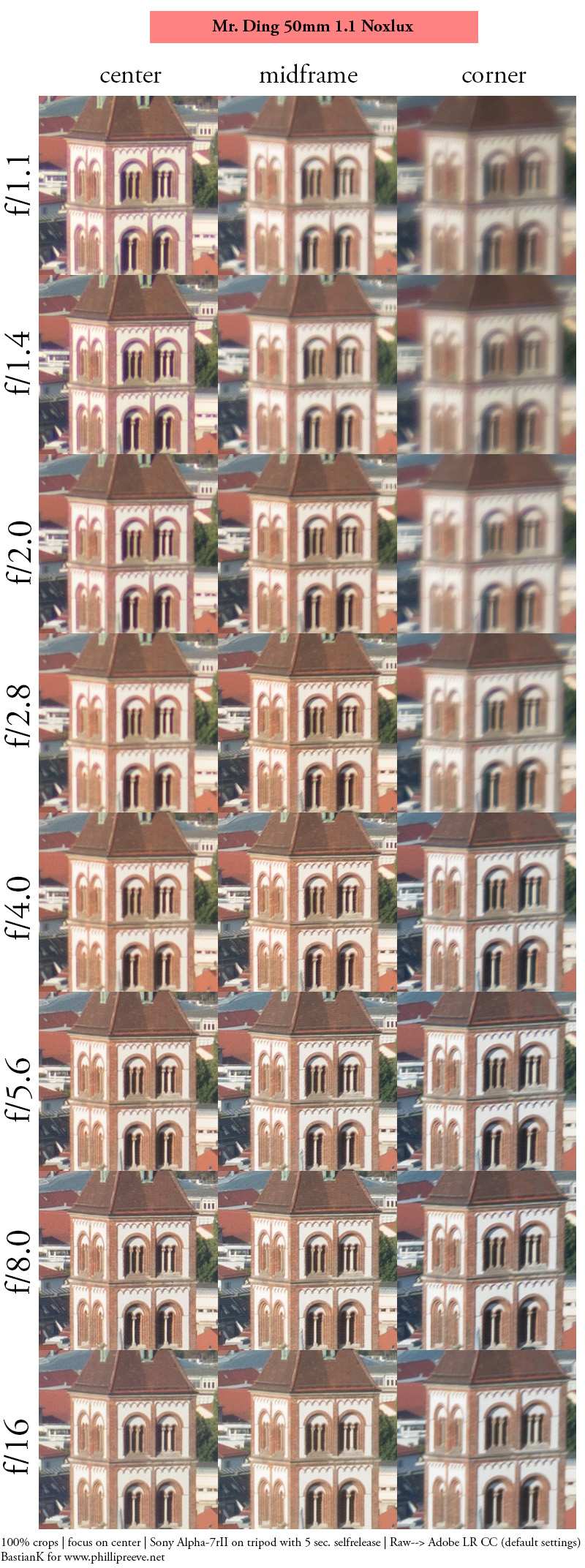
For an f/1.1 lens the performance in the center is surprisingly good at infinity as there is only a little bit of softness due to spherical aberration visible. It seems we do see the effect of focus shift here as f/2.8 looks a little bit worse than f/2.0
There is a noticeable midzone dip present at f/1.1 to f/1.4, as we are used from similar lenses like the Voigtländer VM 50mm 1.2 Nokton or the TTArtisan 50mm 0.95.
The performance in the corners reminds me a lot of the Voigtländer VM 40mm 1.2, which also showed a noticeable drop in resolution close to the extreme cornes. This is actually better visible in the coma section.
A solid performance for a compact and affordable f/1.1 lens if you can live with the reduced sharpness in the extreme corners. I wouldn’t mind using this lens stopped down to f/8.0 for architecture/landscape shooting,
Compared to the Syoptic 50mm 1.1 I see about a 1-stop improvement in the midframe and corners. I asked Mr. Ding Studio about this and they told me while there have only been minimal adjustments to the optics, the internal structure of the lens has been optimized which is supposed to lead to tighter manufacturing tolerances which might be the reason for seeing the improvement here.
infinity (24mp Leica M10)
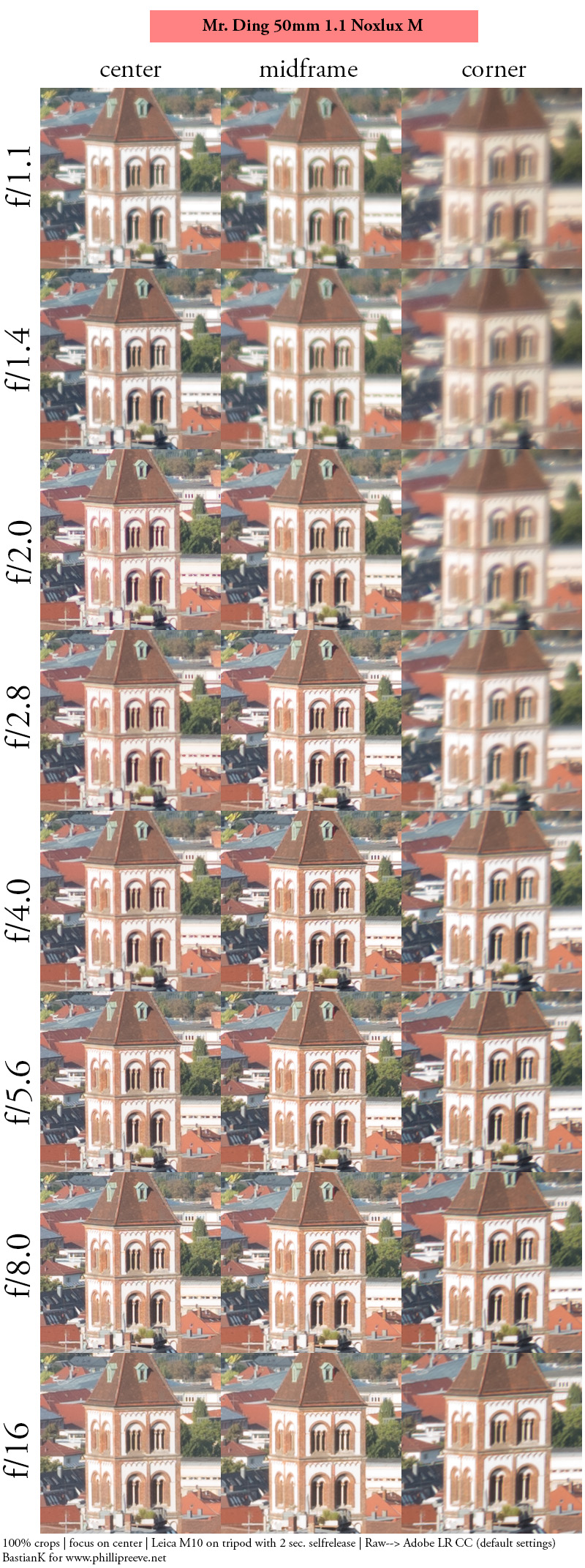
As was already the case with the Syoptic 50mm 1.1: the performance on the M10 with its thinner filter stack and the A7rII is very similar! So have a look what I wrote above, it applies here as well.
Update: I only saw minimal differences in terms of resolution and contrast when comparing Mark I and Mark II that are within the margin of sample variation.
portrait distance 1.4 m distance (24mp Sony A7III vs 24mp Leica M10)
For portraiture it isn’t so important how flat the field is, it is more interesting to see what the sharpness is like when focused at different parts of the frame to take field curvature out of the equation.

We will be looking at 100% crops from the 24mp Sony A7III and the Leica M10. Both cameras do not have an anti aliasing filter in front of the sensor.
Sony A7III <—> Leica M10
This Mr. Ding 50mm 1.1 is one of those lenses where the focal plane with highest resolution is not necessarily the one with highest contrast, which makes it a bit hard to focus, especially when using the M10’s mediocre liveview.
Also at this distance we see some spherical aberration and some astigmatism when moving towards the corners.
Putting this into perspective with other lenses I checked at this distance: better than Zhong Yi 50mm 0.95 M and MS-Optics 50mm 1.1 Sonnetar, similar to TTArtisan 50mm 0.95 and MS-Optics 50mm 1.0 ISM, worse than TTArtisan 50mm 1.4 and Voigtländer VM 50mm 1.5 Nokton II.
close (0.70 m, 1:11.7, 42mp A7rII)
100% crops from center, A7rII, because of focus shift (see corresponding section) I refocused for every shot.
The performance near the minimum focus distance is typical for a very fast lens without a floating elements design. At wider apertures we see a high amount of spherical aberration (glow) and it takes stopping down to f/2.8 to get really crisp results at these distances. Performance here is pretty much exactly the same as that of e.g. the Voigtländer VM 50mm 1.2 Nokton and many other compact fast lenses.
This is what the spherical aberration looks like with a contrasty subject at close distances:
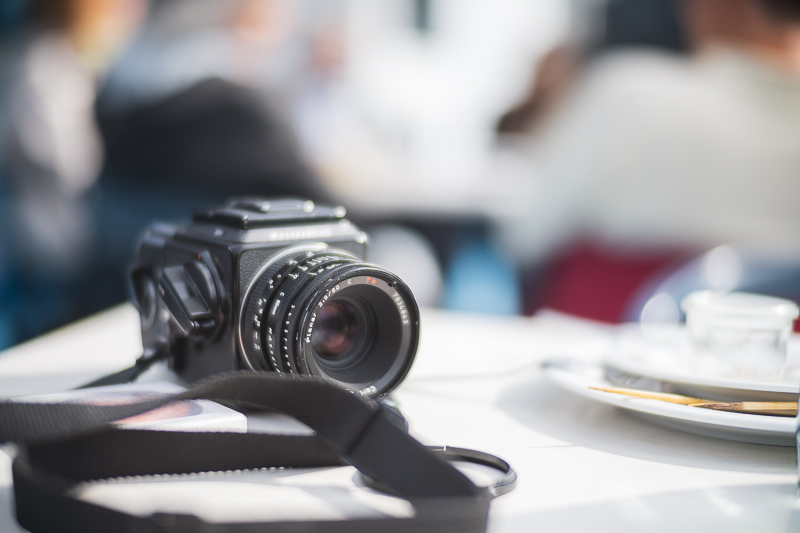
Flare resistance
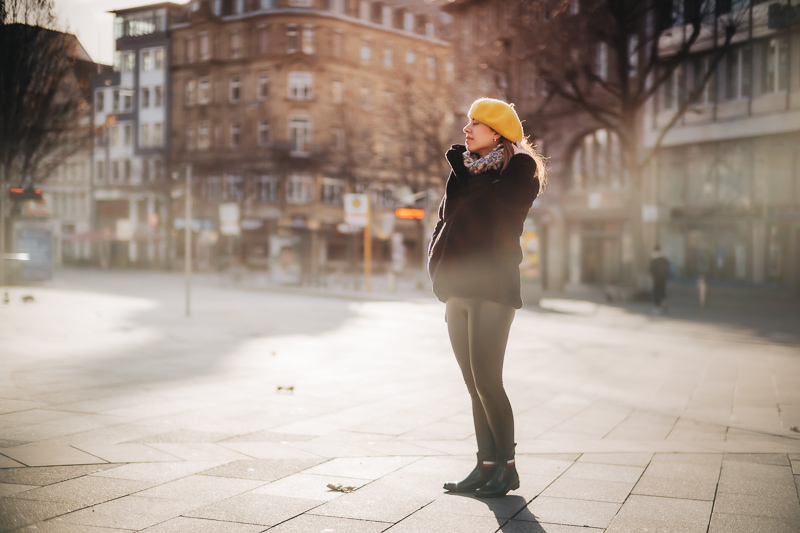
As always evaluating flare is a complex matter since you can get any lens to look bad if you push it hard enough and a slight change of scenario can affect results a lot.
The flare and ghost patterns remain unchanged, so I am reusing most of this section from my Syoptic 50mm 1.1 review here.
Sun outside frame
The Mr. Ding 50mm 1.1 does not ship with a hood and even though the front element is recessed I think it would have been useful, as the lens has quite some issues with stray light. If a strong light source is outside the frame it is easy to encounter significant veiling flare running across most of the frame. The flares are more severe stopped down, but still easy to encounter at maximum aperture.
Also at night with street lamps this is something easy to encounter, here shading the lens with my hand helped though:
Sun inside frame
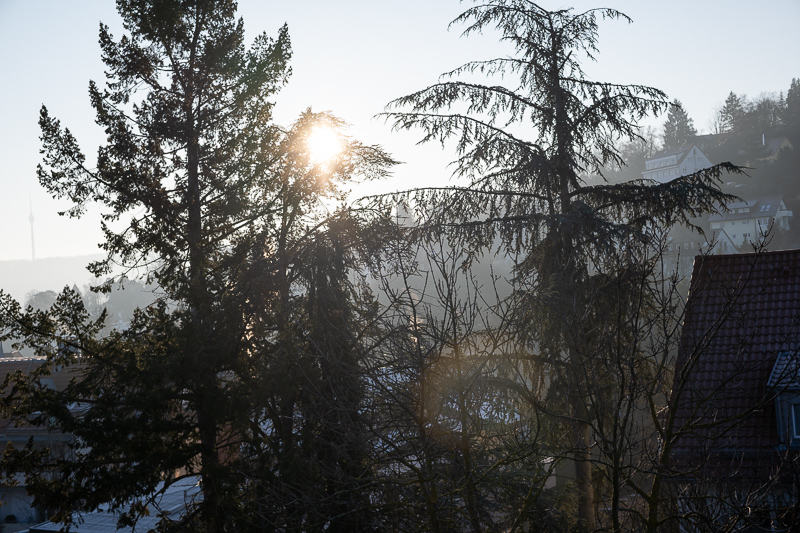
With the sun inside the frame the situation is a bit better, but it is still easy to catch frame filling artefacts and encounter a loss of contrast.
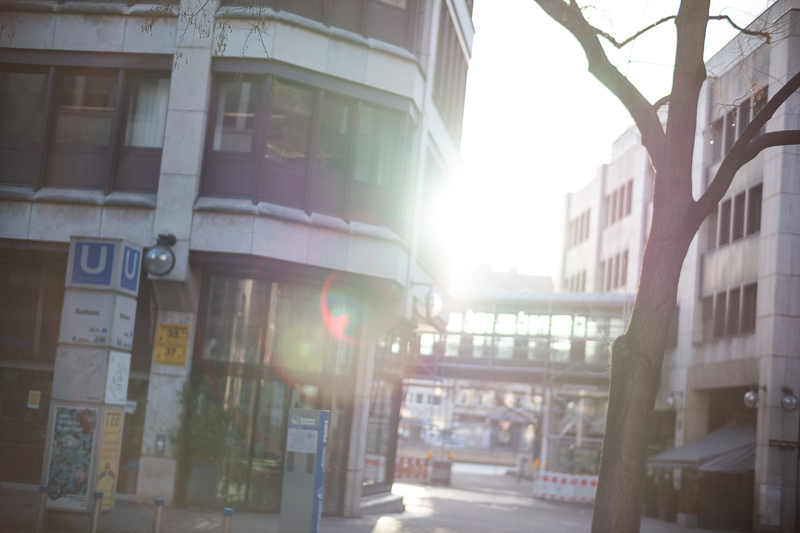
Differences between Mark I and Mark II
It is easily visible that the Mark II lens makes use of different coatings and it also comes with a hood, so I was wondering if there are any improvements in this area.
There are indeed some situations where the MK II version shows a better performance, as some of the colorful rainbow artefacts are gone. The veiling flare with light sources outside of the frame is still there though.
Coma
From f/1.1 to f/2.0 there is noticeable coma visible. Stopping down to f/2.8 and f/4.0 improves the coma performance significantly, but now we can see that there is also some astigmatism in the corners present, which you can mostly get rid of by stopping down to f/5.6.
Performance here is a little bit worse compared to the Voigtländer VM 50mm 1.2 Nokton, but still better than the TTArtisan 50mm 0.95. No changes compared to the Syoptic 50mm 1.1.
100% crops from extreme corner, focused at hard infinity stop, M10
Distortion
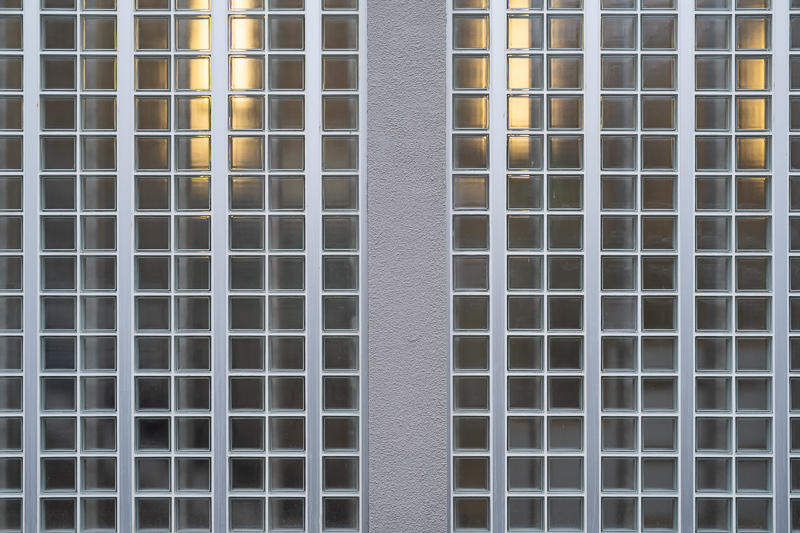
The Mr. Ding 50mm 1.1 shows an absolutely minimal amount of distortion which should hardly be field relevant, even for architecture applications.
Bokeh
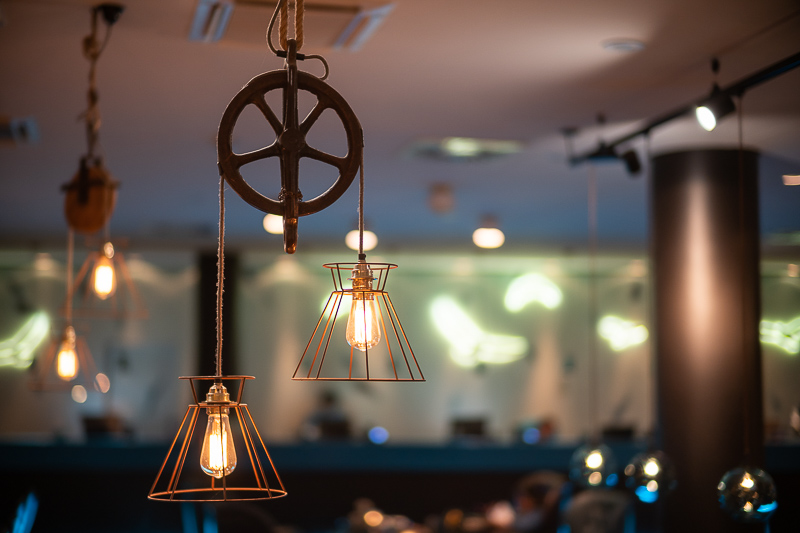
What got me interested in ordering this lens were a few samples I found online that showed very appealing bokeh rendering – at least to my eyes. So let’s find out if my first impression was correct.
Close distance


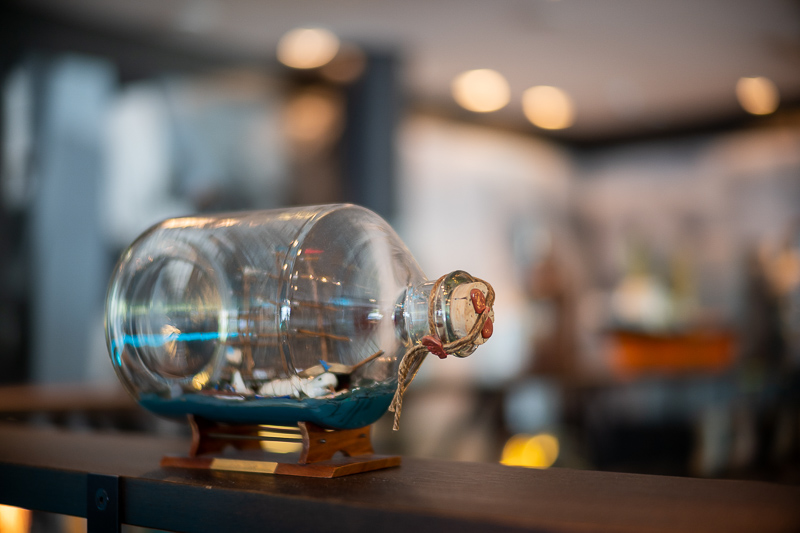
As usual with very fast lenses at close focus distances we can encounter very smooth and undistracting bokeh. With point light sources in the background you will be able to spot the optical vignetting, but the shapes still look comparably natural to me.
Mid distance
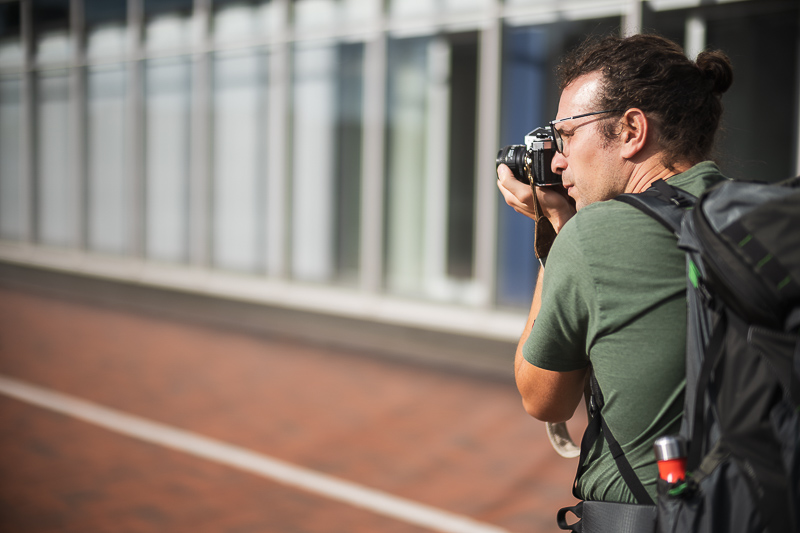

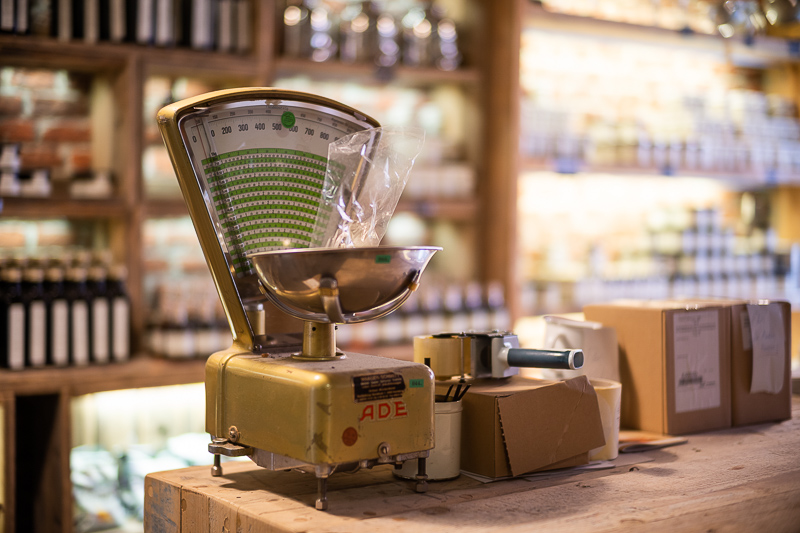
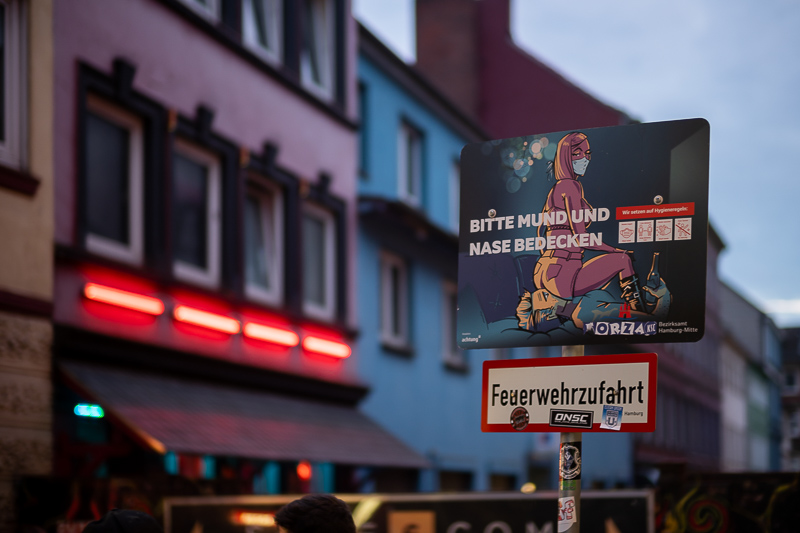
What really caught my eye at mid distances is the smooth transition from in-focus to out-of-focus and the smooth rendering even when dealing with complex backgrounds.
Long distance
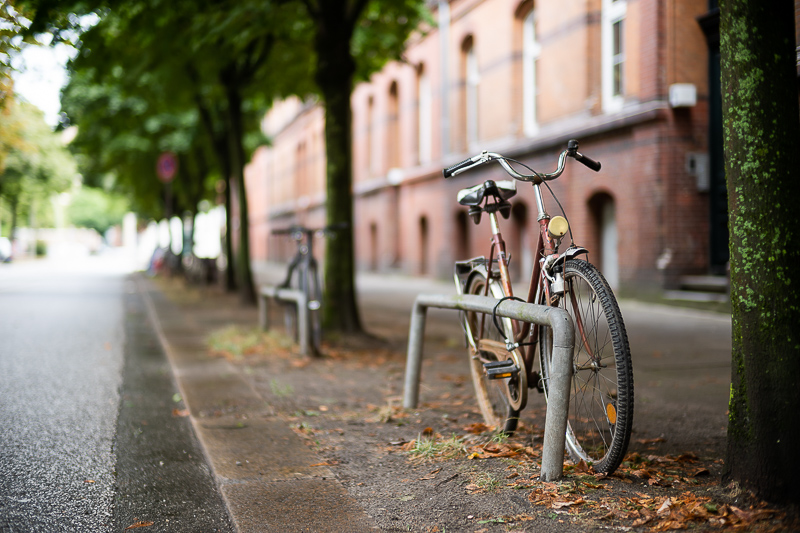

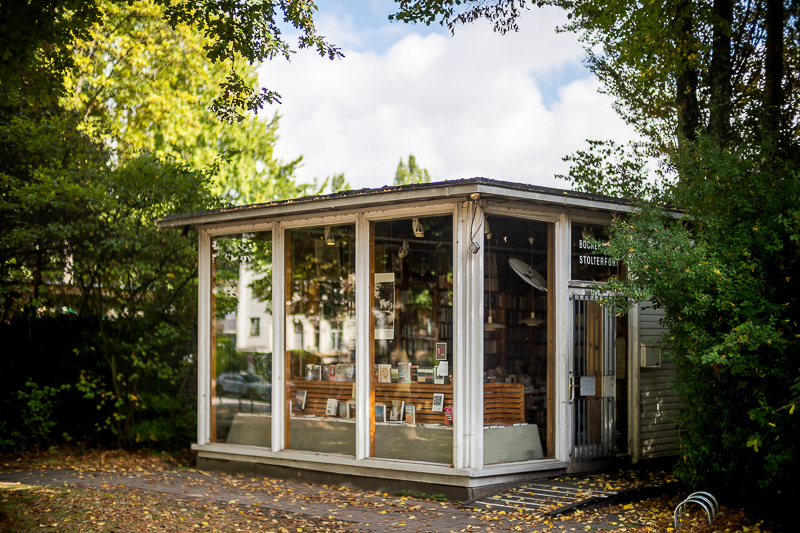

Where it always gets interesting when it comes to the bokeh qualities is the performance at longer focus distances. When optical vignetting and field curvature overlap in an undesirable way the corners may look like they are in focus at longer distances, even when the center is very much out of focus. Just recently we saw such behaviour with the Laowa 45mm 0.95.
With the Mr. Ding 50mm 1.1 the situation looks better and even at longer focus distances the bokeh looks very appealing to me: no double edged structures, no obvious field curvature.
Now with pretty much all the fast 50mm (and even more so 35mm) rangefinder lenses I have used so far I saw worse corner bokeh due to the thicker filter stack in front of the sensor when using it on Sony cameras – similar to the worse corner sharpness we usually see when using lenses designed for M-mount cameras on E-mount cameras.
To my surprise this is not the case here, you can see a comparison between both cameras in my review of the Syoptic 50mm 1.1 sharing the same optical design.
I have already used about 30 different 50mm lenses and reviewed more than 20 of those here. At the end of the day, this 50mm 1.1 is one of my favorites when it comes to bokeh rendering.
Sunstars
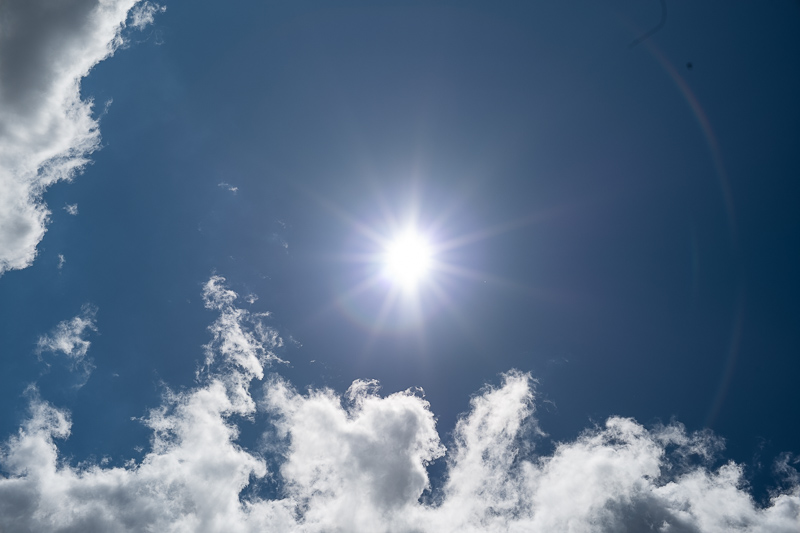
The Mr. Ding 50mm 1.1 features 11 rounded aperture blades, good news for bokeh when the lens is slightly stopped down, not particularly good news for sunstars, as the rays this diaphragm creates are frayed and also spot uneven lengths.
If you want to know more about sunstar rendering of different lenses have a look at this article.
Chromatic aberration
lateral
100% crops from corner, A7rII
There are only minor lateral CA visible near the corners that are easily corrected in a raw developer like Lightroom by one click.
longitudinal
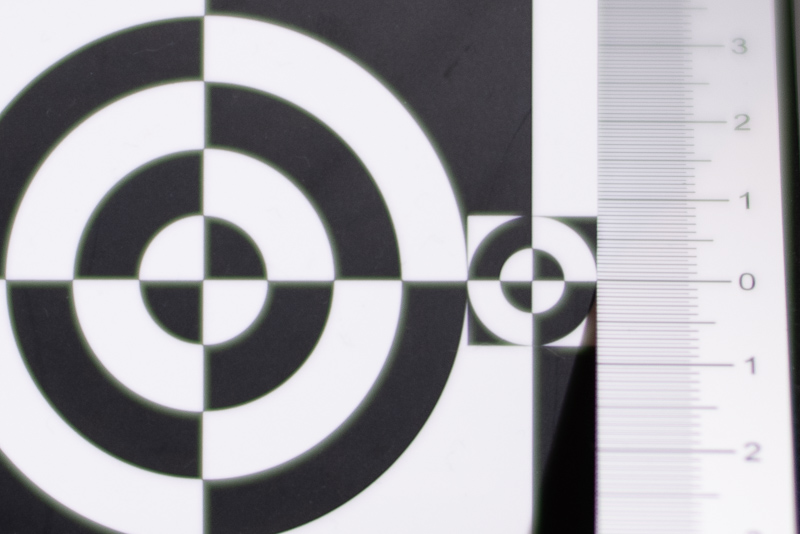
The high amount of spherical aberration at close distances masks the longitudinal CA a bit, so it will be more revealing to see what the performance is like at longer focus distances.
Sony A7III | Mr. Ding 50mm 1.1 | f/1.1
Here we can clearly see a bit magenta in front of and cyan behind the focal plane. For an f/1.1 lens the performance is not bad and comparable to lenses like the TTArtisan 50mm 1.4, Sony 55mm 1.8 or the Sony 35mm 1.8, all slower lenses, where the problem should be less pronounced.
In high contrast scenes the longitudinal CA can also be visible in lower resolution images.
Conclusion
good
|
average
|
not good
|
What I care most about in a fast 50mm lens is what the bokeh looks like and here this lens is a real winner to my eyes. The sharpness is also more than good enough for the portrait applications I have in mind for a lens like this and stopped down it can be used for landscape/architecture shooting as well.
Flare resistance isn’t great, so this is something to watch out for and the focus shift might be an issue when relying on the rangefinder to focus.
I have used many lenses over the years, but this is one of the few where the lens’ rendering stands out to me as aesthetically very pleasing. At half to full body portrait distances sharpness and contrast are there and at the same time bokeh is simply very good. The degree of correction of optical aberrations is just right to give a clean, but at the same time not overcorrected, clinical look. A balance rarely being achieved.
Update: the Mark II version includes a cleverly designed hood and the aperture ring turns in the correct direction now. The coatings are also new and lead to a tiny improvement in light transmission. The hood and new coatings together also lead to slightly improved flare resistance. In all the other areas I saw no meaningful differences. All in all, the Mark II is a useful refinement of an already compelling lens.
E-mount user:
As this is one of the few M-mount lenses where there is hardly any drawback using it on a Sony camera with its thicker filter stack and it works really well with the LM-EA9 auto focus adapter I certainly see some appeal buying this lens specifically in M-mount to use it with a Sony camera. I greatly enjoyed using it as a very compact, big aperture AF lens coupled with that adapter.
You can buy this lens from the official Mr. Ding Studio shop for $399. The lens can also be found on ebay.com, but here you may get an OEM lens without product support (affiliate links)
Alternatives
I will only cover the really obvious alternatives in detail here, but if you ended up here by accident and you are looking for an AF lens may have a look at our Guide to 50mm lenses for Sony E-mount.
E-mount
Voigtlander 50mm 1.2 Nokton E:
The most obvious competitor. You gain electronic communications with your camera, better flare resistance and the minimum focus distance is 0.45 m.
In terms of sharpness they are rather similar at portrait distances and both offer very appealing bokeh rendering. The price difference is quite significant though.
buy from CameraQuest | B&H | Robert White | amazon.com | amazon.de | ebay.com | ebay.de for $999 (affiliate links)
7Artisans 50mm 1.05 E:
The 7Artisans lens offers higher contrast at maximum aperture and the vignetting is surprisingly low.
The Mr. Ding lens is smaller, a bit cheaper, offers slightly better build quality and smoother bokeh rendering in some scenarios.
buy from amazon.com | amazon.de | ebay.com | ebay.de | B&H for about $486 (affiliate links)
Voigtlander 50mm 2.0 APO-Lanthar:
If you are looking for the best possible correction of optical aberrations instead of lots of bokeh this is the lens you are looking for.
buy from CameraQuest | B&H | Robert White | amazon.com | amazon.de | ebay.com | ebay.de for $1049 (affiliate links)
M-mount
Voigtlander VM 50mm 1.0 Nokton:
Best have a look at my Super Fast 50mm M-mount lens comparison.
buy from amazon.com | amazon.de | B&H | ebay.com | ebay.de (affiliate links) or find your local Voigtländer distributor
Voigtlander VM 50mm 1.2 Nokton:
Best have a look at my Super Fast 50mm M-mount lens comparison.
buy from B&H | amazon.com | ebay.com | ebay.de for $1.059 (affiliate links)
7Artisans 50mm 1.1:
This is a very different lens as it is not optimized to give smooth bokeh at maximum aperture but rather nervous bokeh with lots of field curvature. Does not fit my taste, but maybe you like this kind of look.
buy from amazon.com | amazon.de | B&H | ebay.com | ebay.de for $349 (affiliate links)
TTArtisan 50mm 0.95 M:
Probably the currently most sold f/0.95 M-mount lens. Significantly bigger and heavier, 3 times at expensive.
Corners at infinity also never look great, more but to my eyes worse bokeh, similarly bad flare resistance.
buy from amazon.com/amazon.de, B&H or ebay.com/ebay.de for about $755/860€ (affiliate links)
Zhong Yi 50mm 0.95 M:
Best have a look at my Super Fast 50mm M-mount lens comparison.
buy from amazon.com or B&H for $799 (affiliate links)
Leica Noctilux-M 50mm 0.95:
Best have a look at my Super Fast 50mm M-mount lens comparison.
buy from amazon.com | amazon.de | B&H | ebay.com | ebay.de for $12.500 (affiliate links)
Sample Images
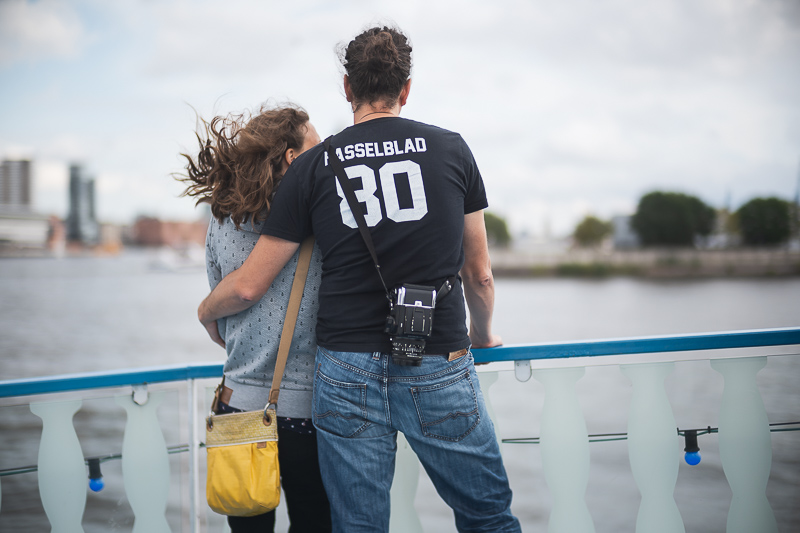
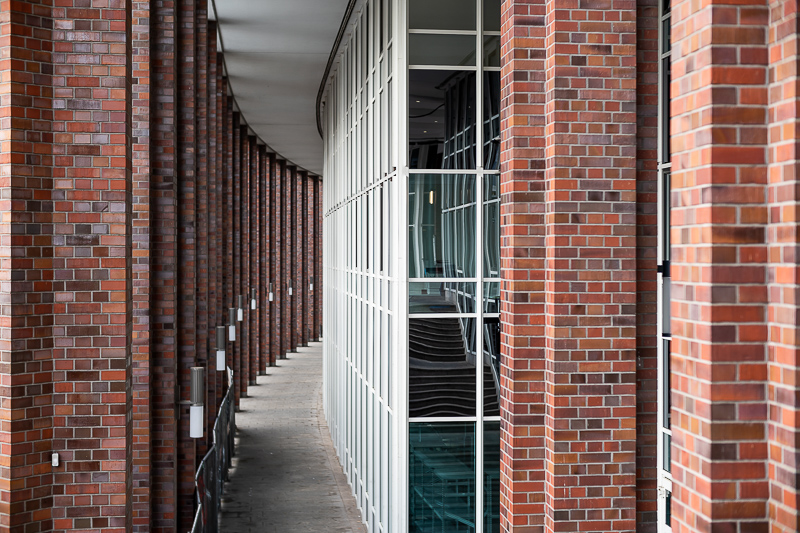
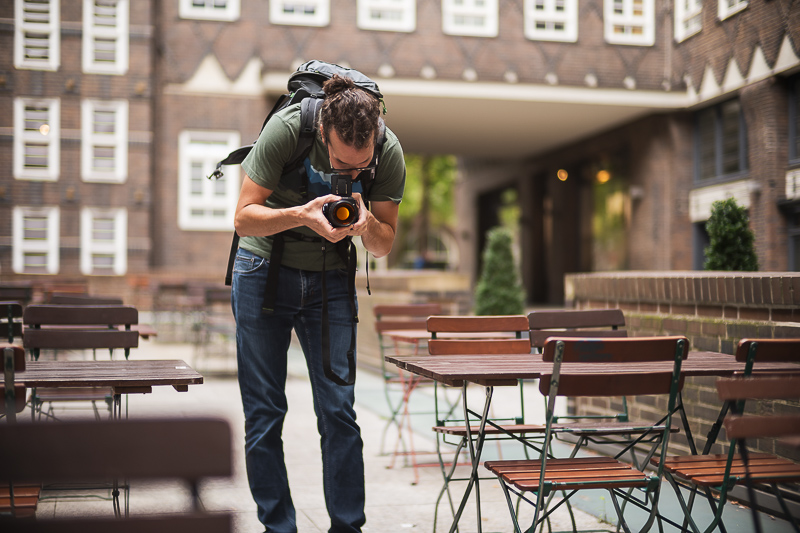

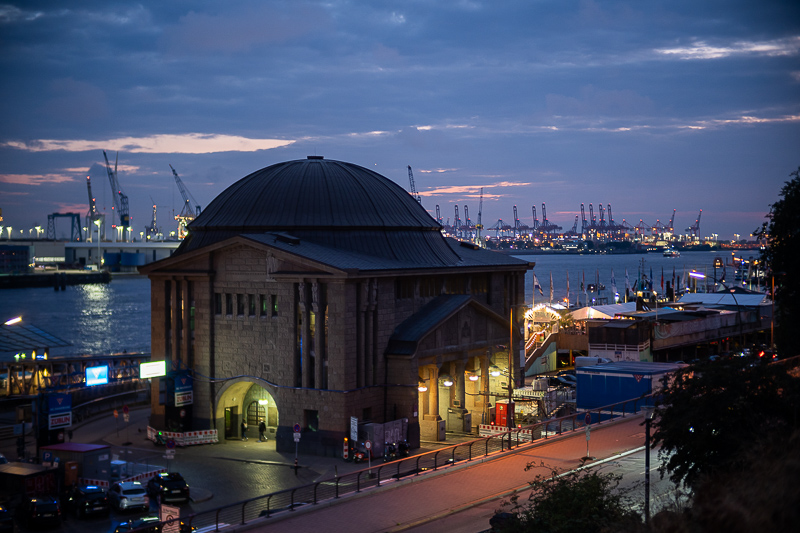
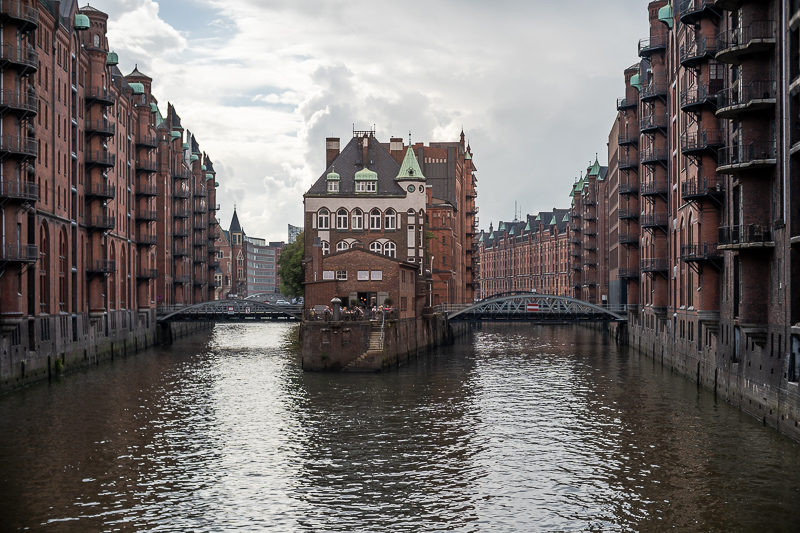

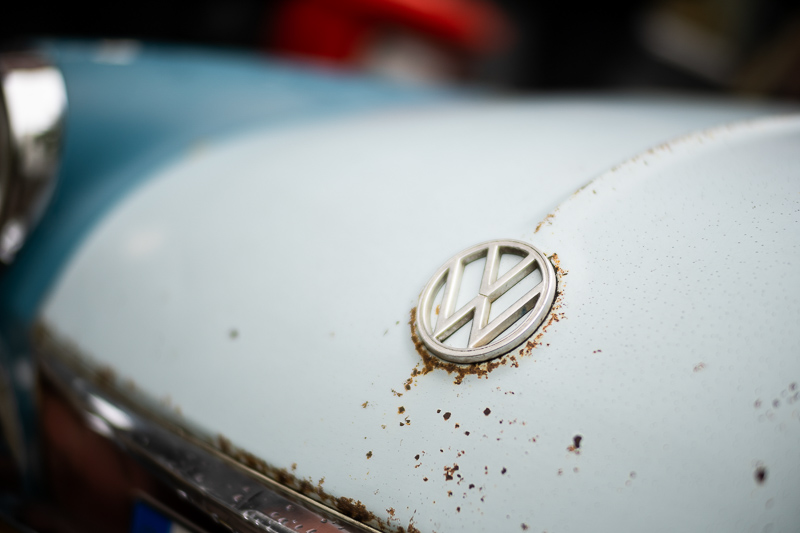
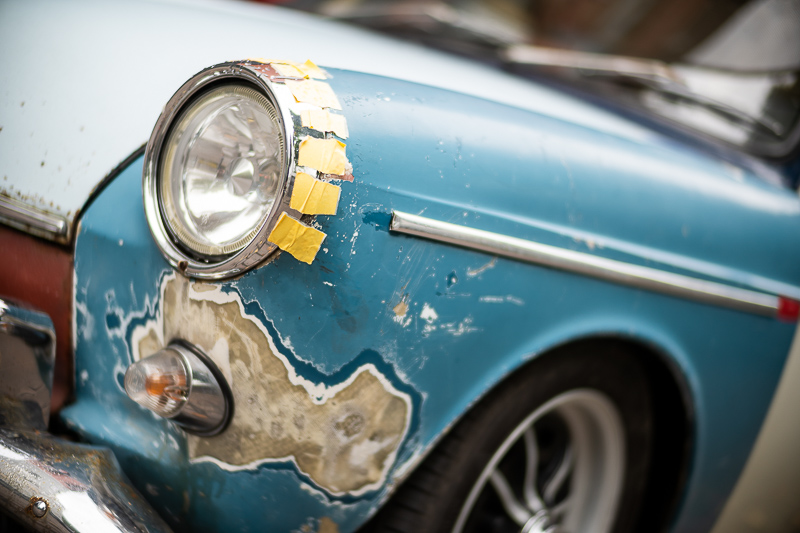
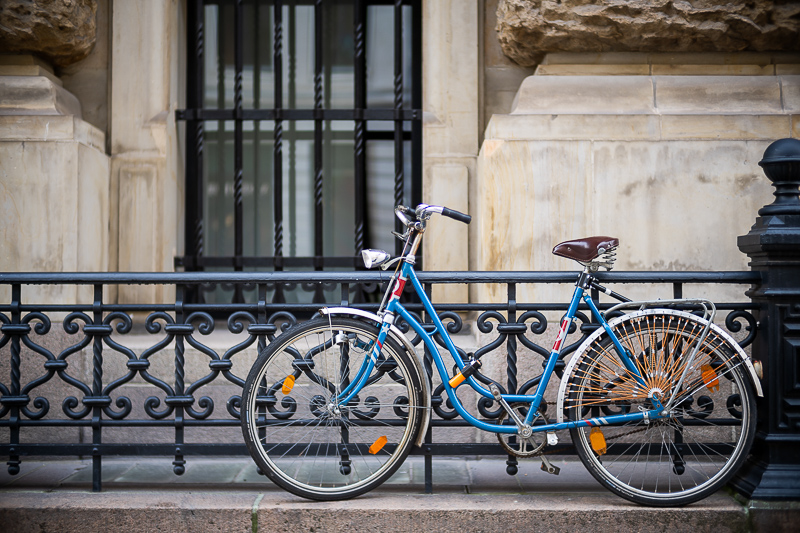

Most of the sample images in this review can be found in full resolution here.
Further Reading
- Sony FE lenses: Our comprehensive and independent guide
- Review: Laowa 9mm 5.6 – The World’s widest lens
- Review: Laowa 35mm 0.95 – The World’s fastest 35mm lens
- Review: Zhong Yi 135mm 1.4
Support Us
Did you find this article useful or just liked reading it? Treat us to a coffee!
![]()
![]()
![]() via Paypal
via Paypal
This site contains affiliate links. If you make a purchase using any of the links marked as affiliate links, I may receive a small commission at no additional cost to you. This helps support the creation of future content.
Latest posts by BastianK (see all)
- Review: Sony FE 70-200mm 4.0 G Macro OSS II - December 20, 2025
- Review: Viltrox AF 35mm 1.2 FE LAB - December 17, 2025
- Analogue Adventures – Part 47: Tübingen - December 17, 2025
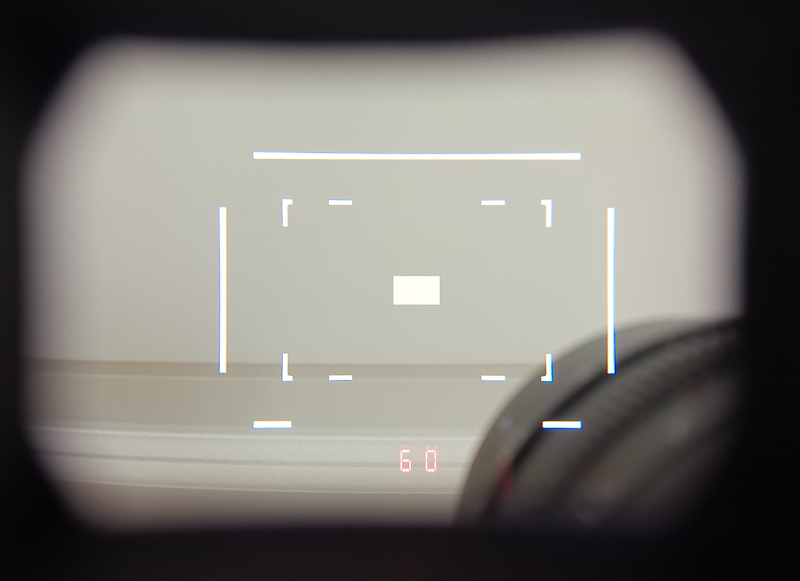
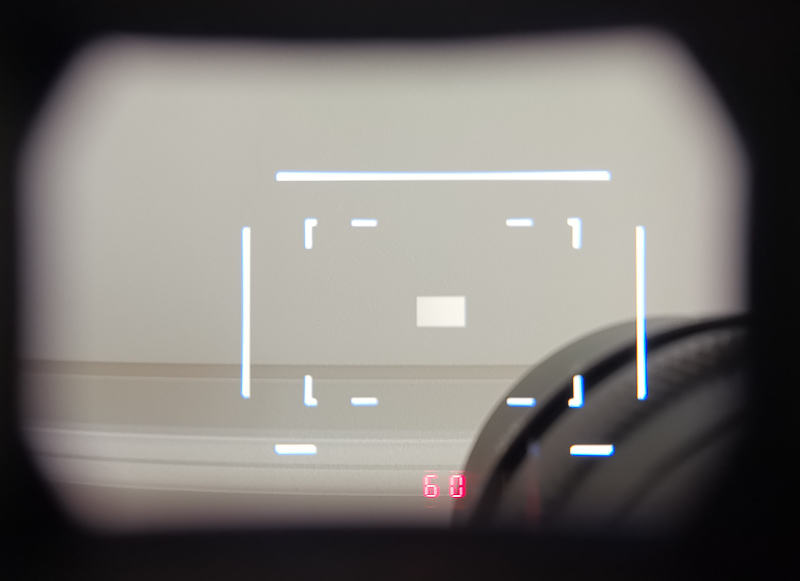
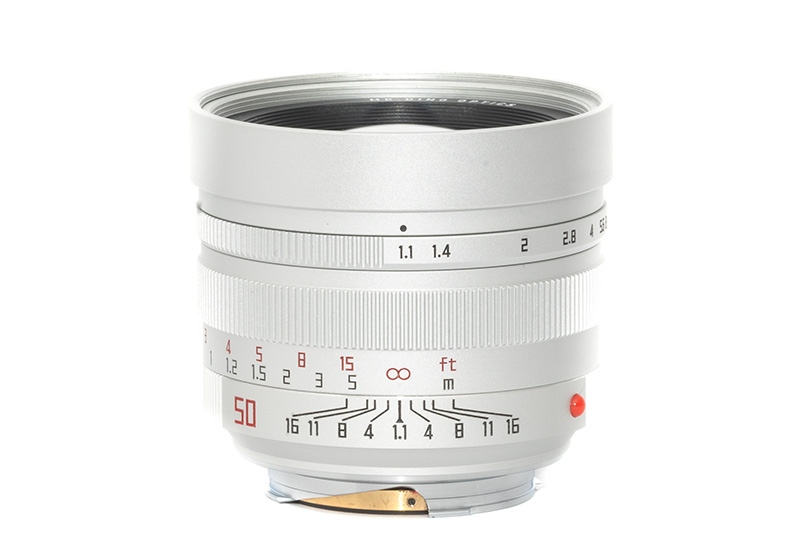
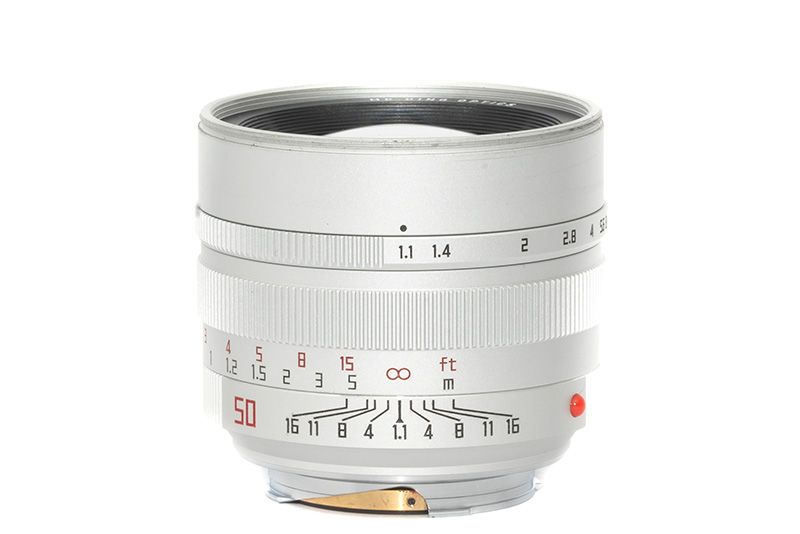
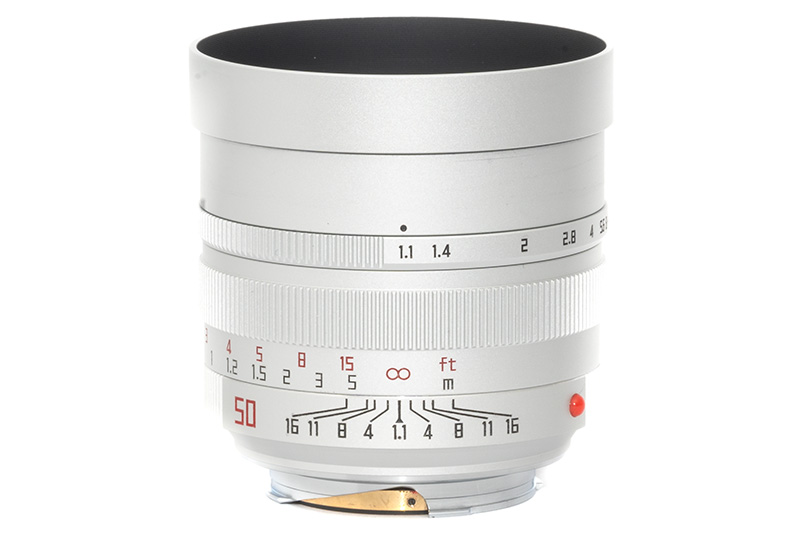









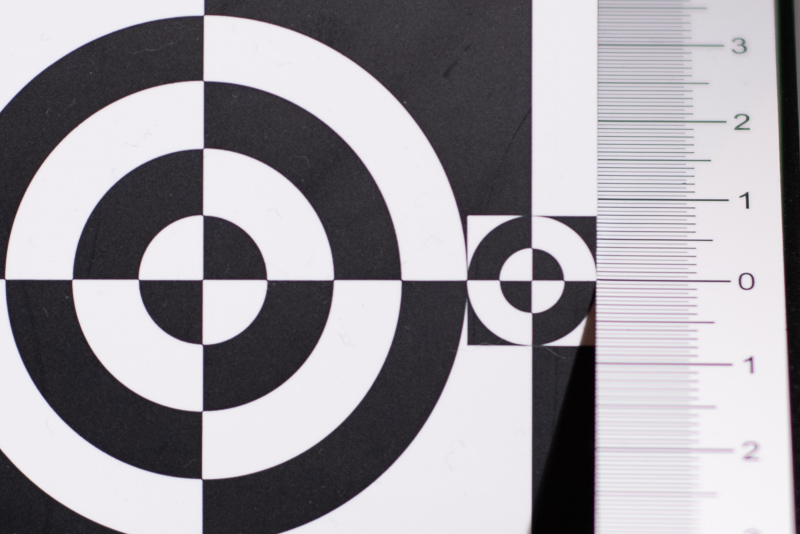
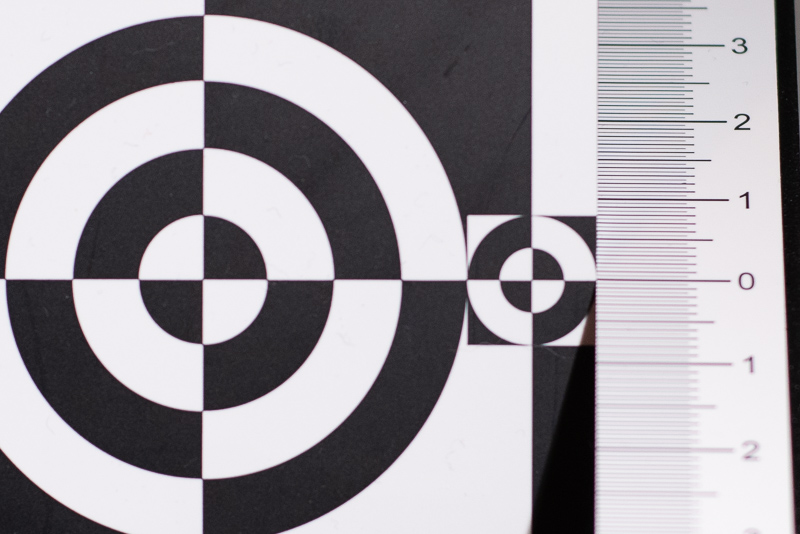
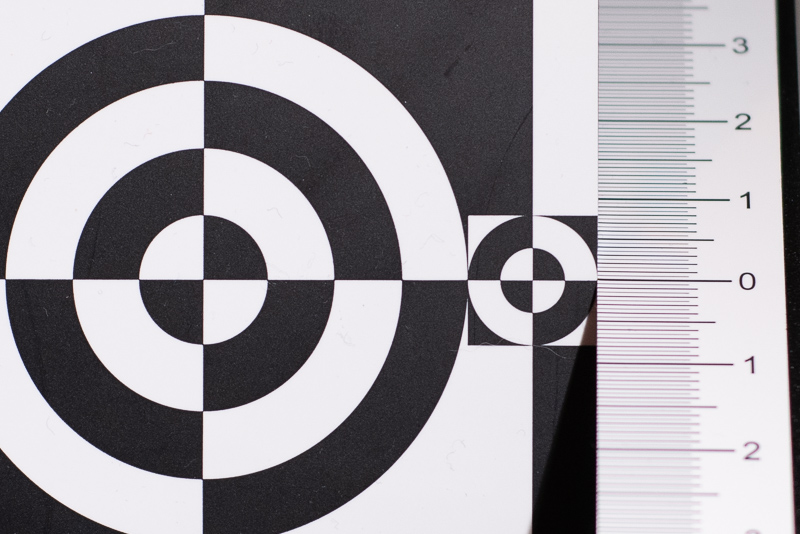
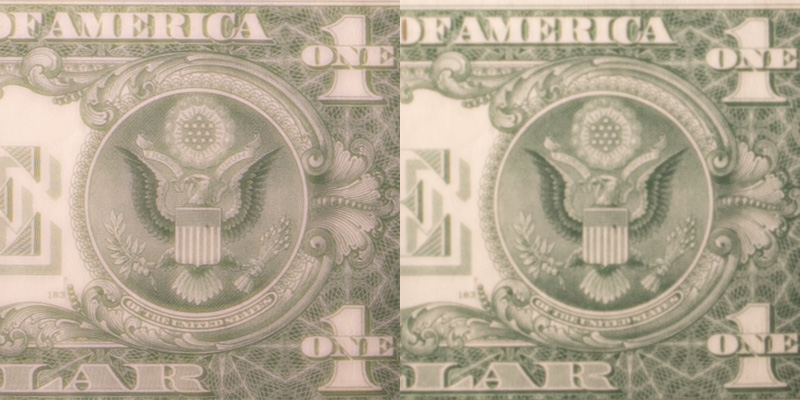
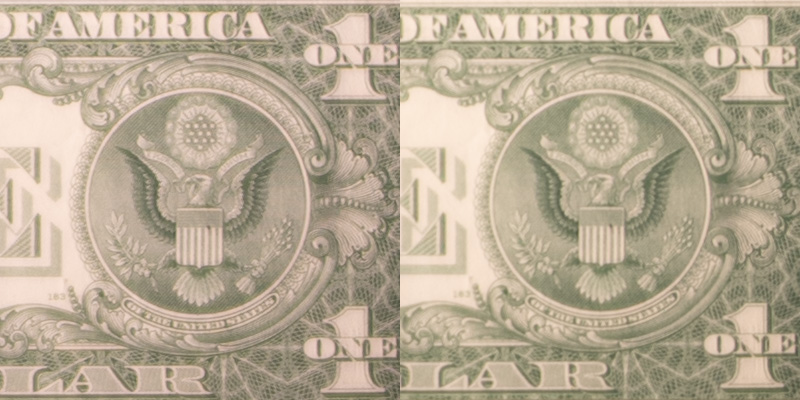
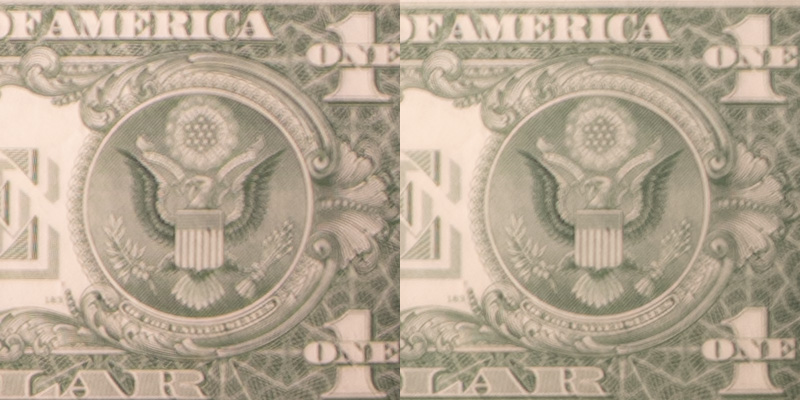





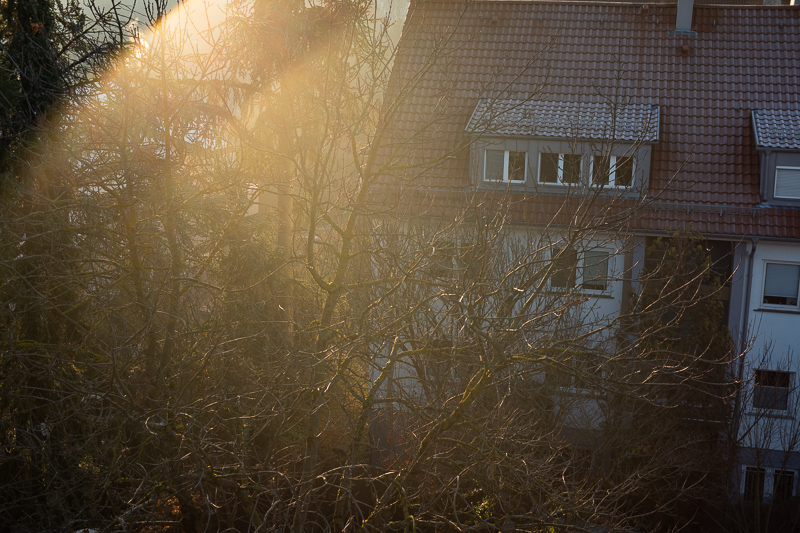
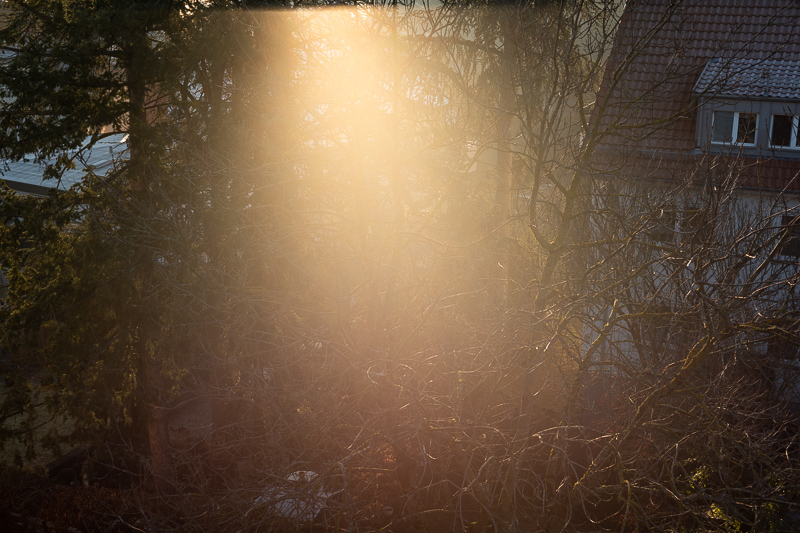
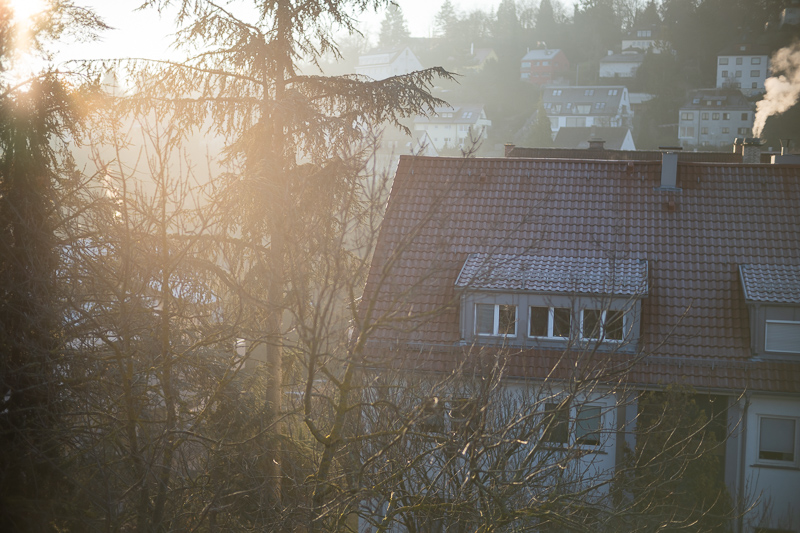
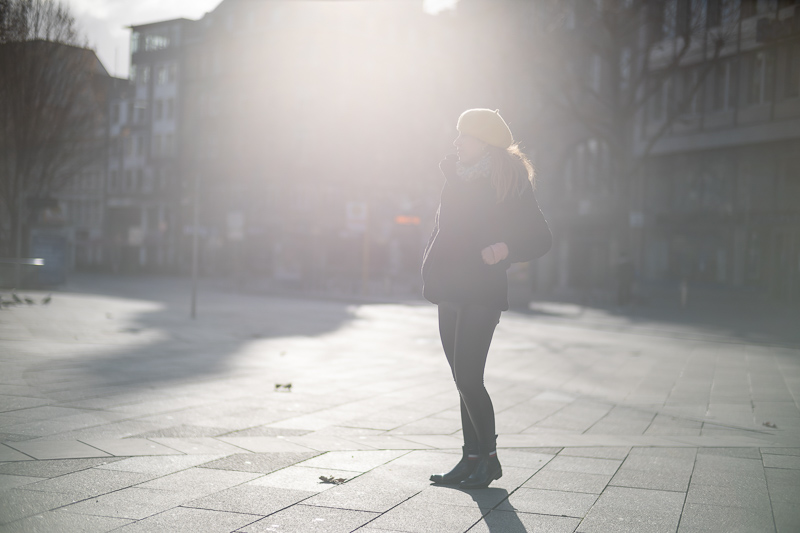
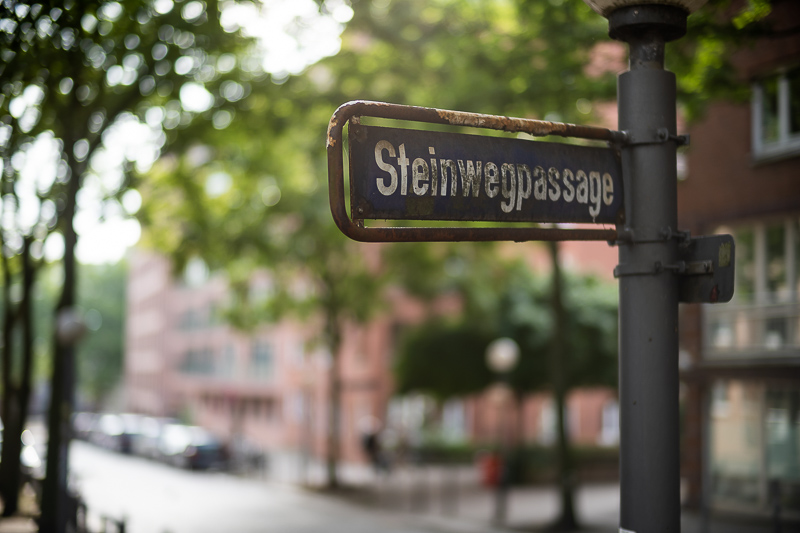
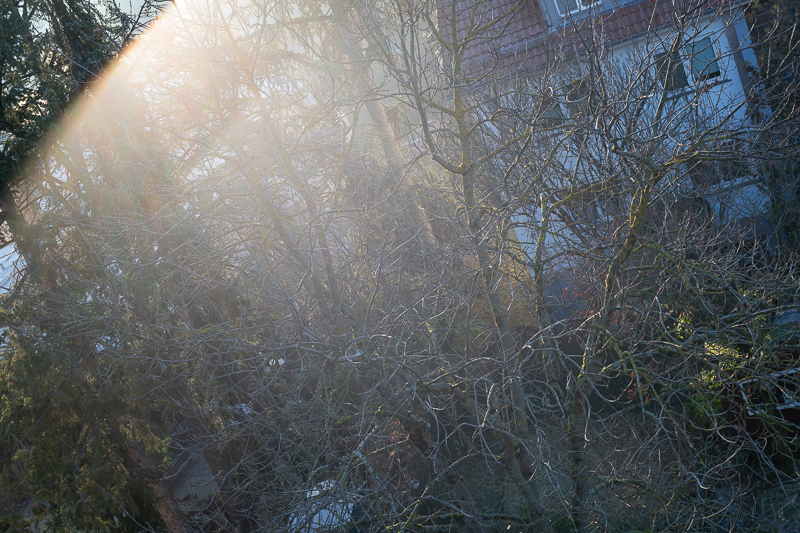
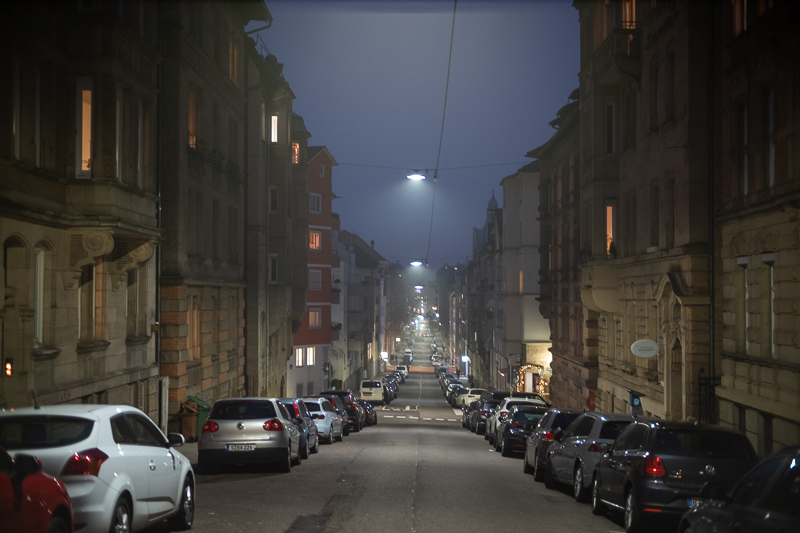

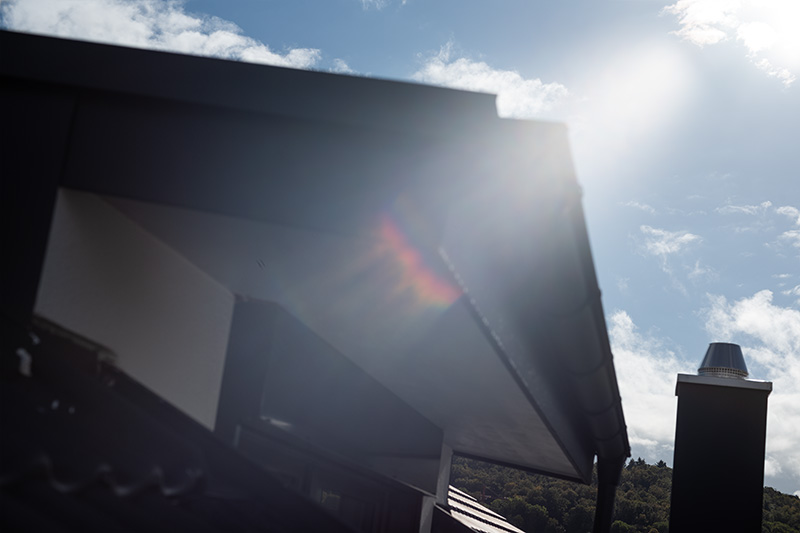
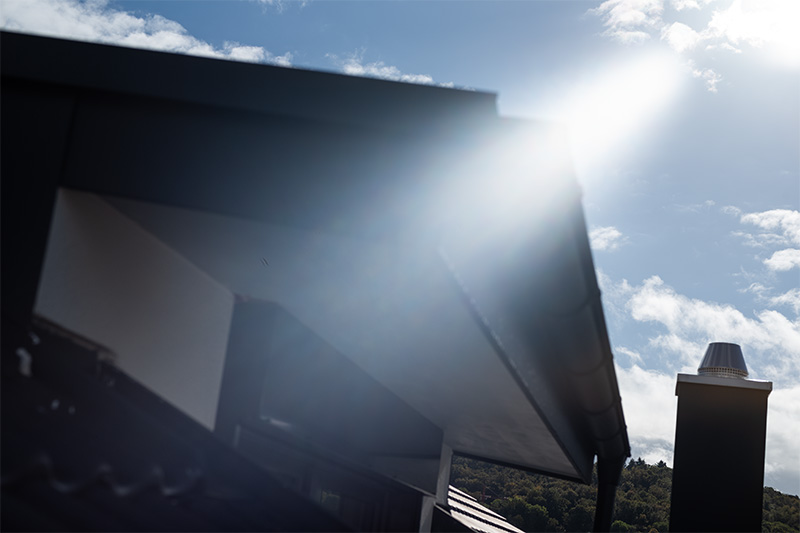
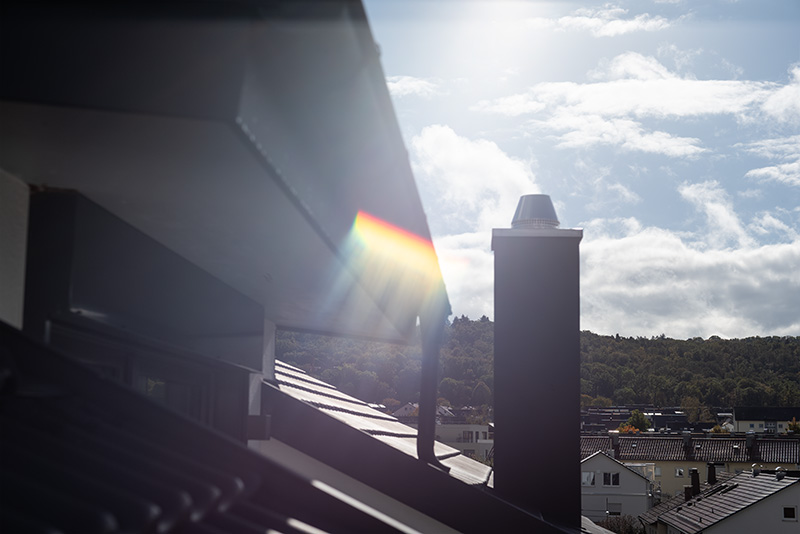
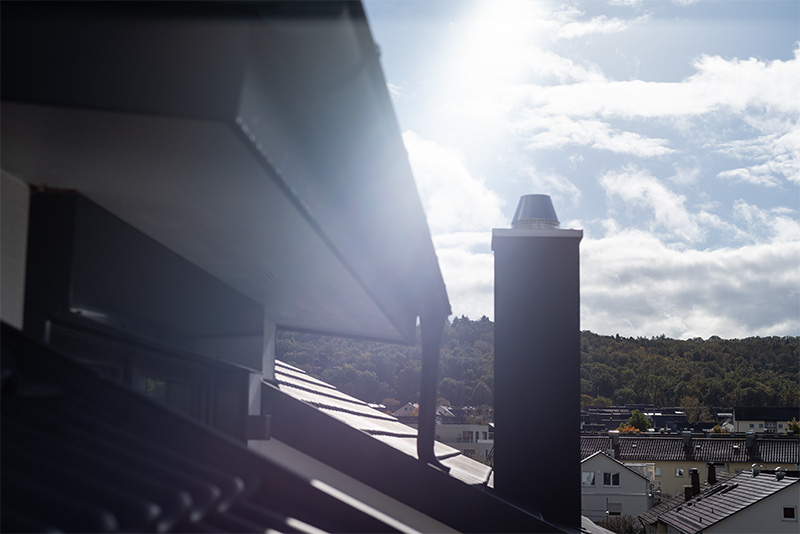
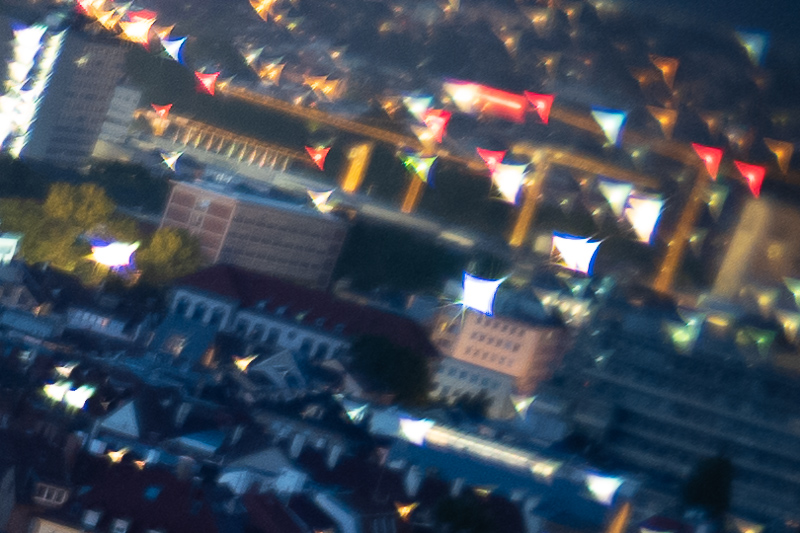
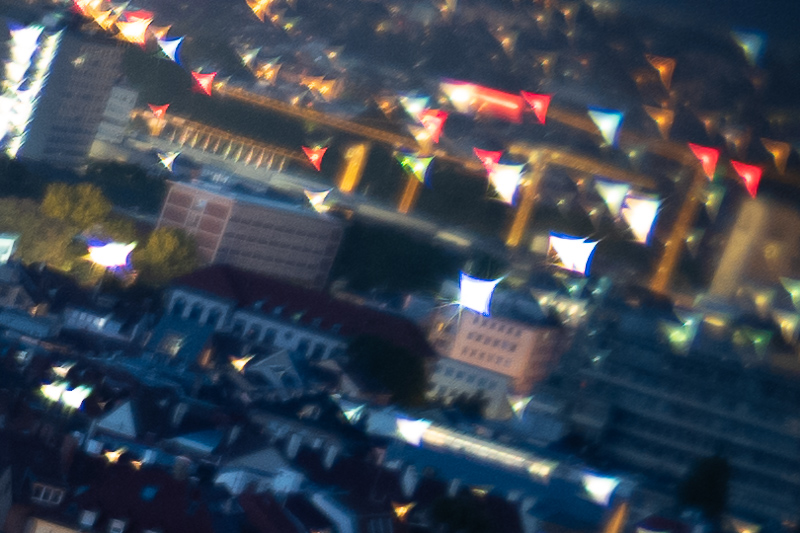
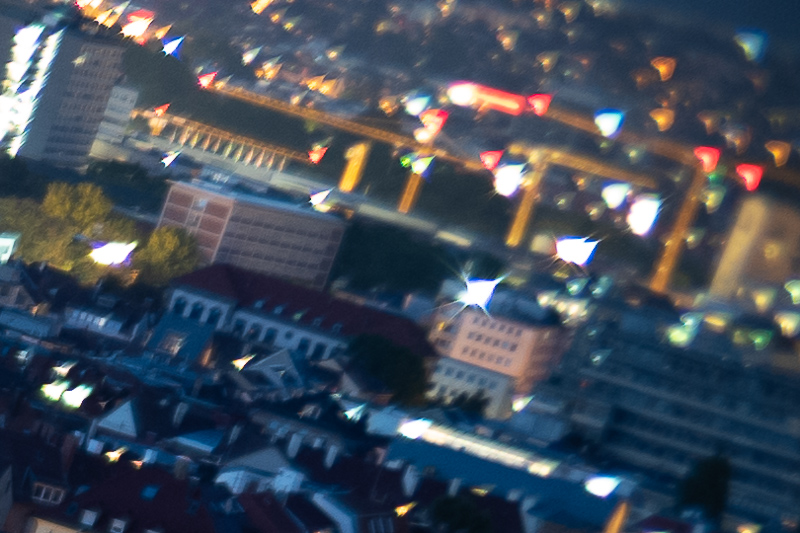
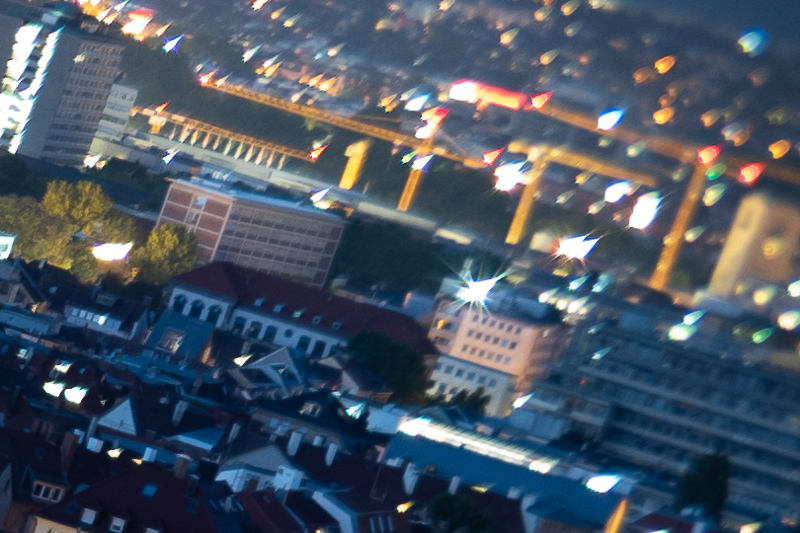
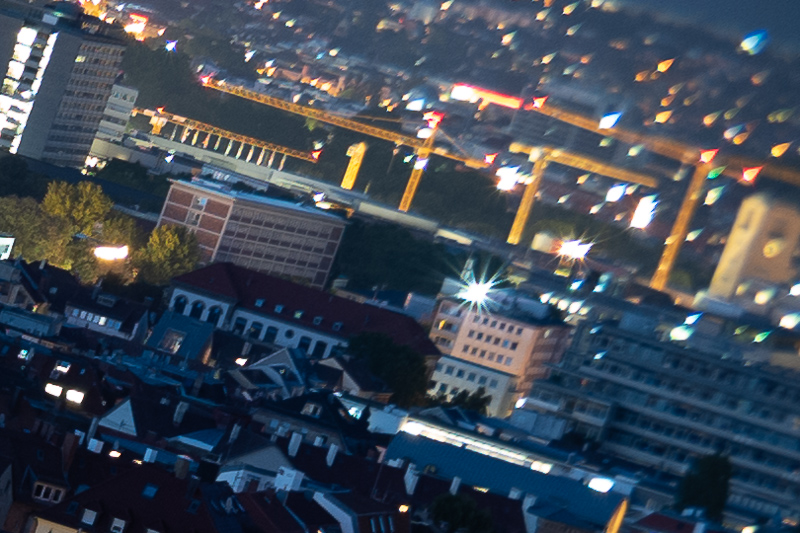
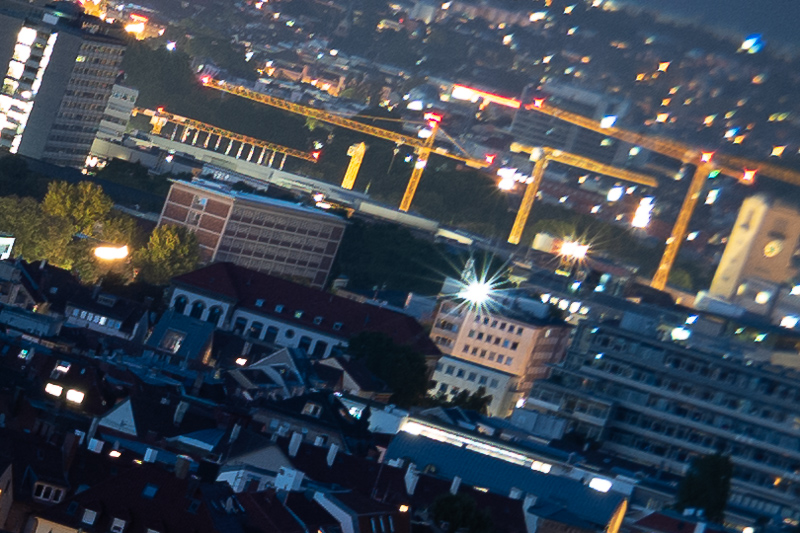

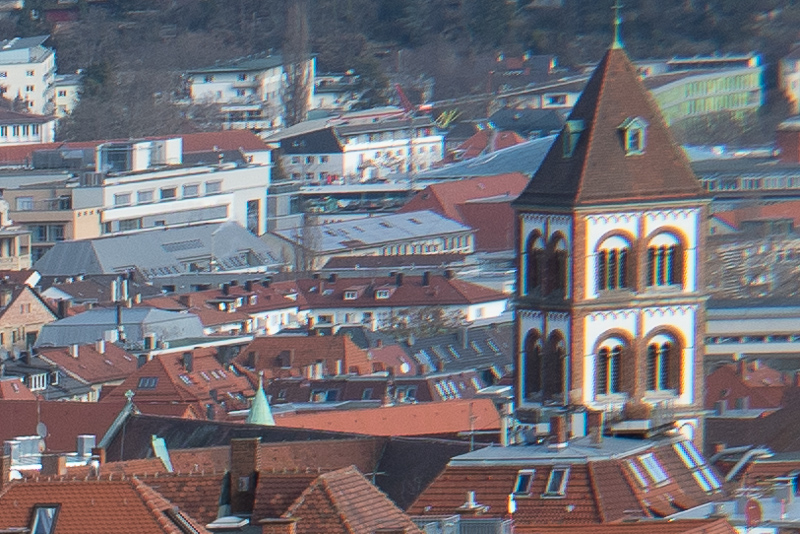
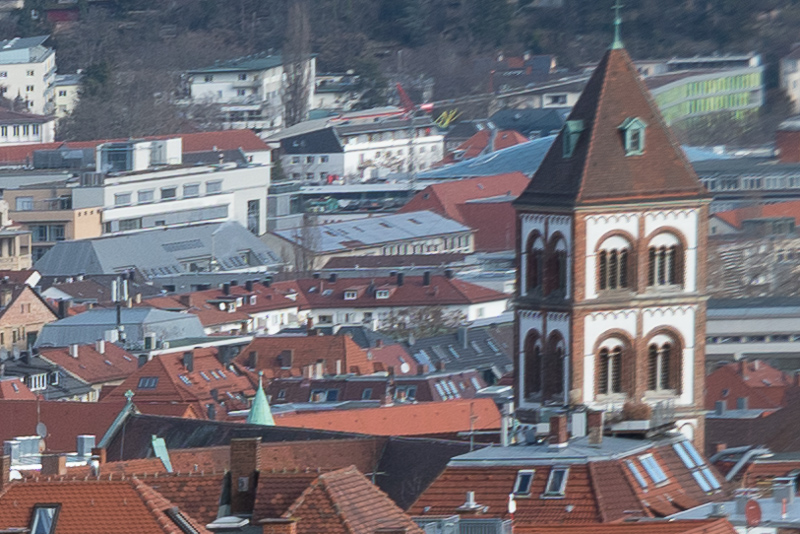
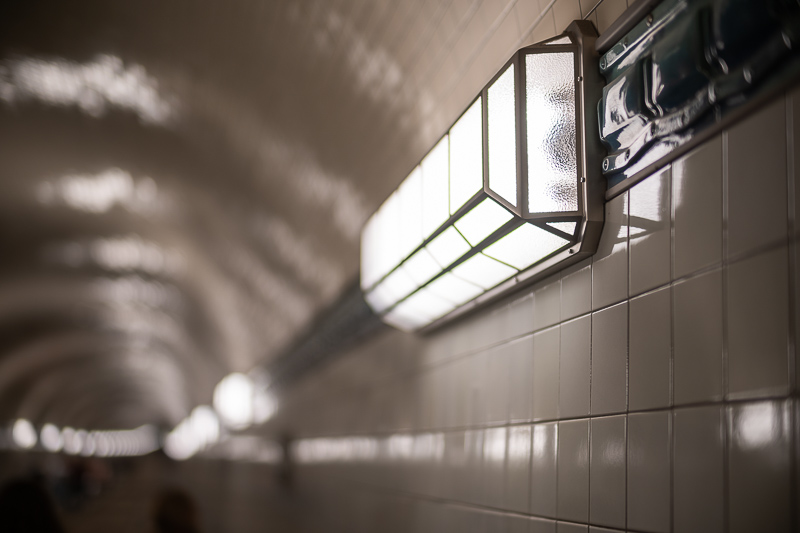
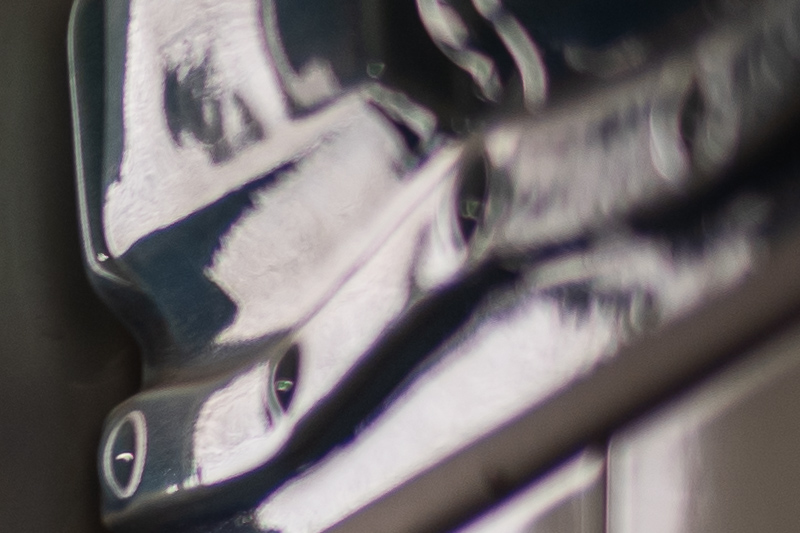
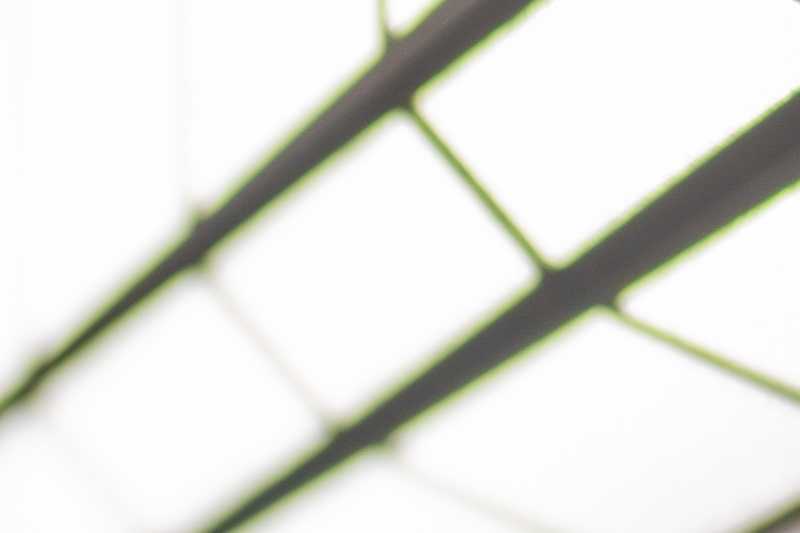
You did some nice shots of my hometown!
thank you for all the work you are putting in your articles. I enjoy reading them a lot!
If you havent sold the old syoptic yet, i would be interested in buying it from you…
Sorry, my friend Simeon Kolev already bought it, so it is in Bulgaria now 🙂
Good for him 🙂
Well that’s something. I remember reading in the Fred Miranda forum that some people had issues with centering.
I don’t think this was mentioned, but- going off the vignetting figures, I assume you’re talking about an improved Leica M design, not the Sony E one?
Will we get a Sony E ‘improved’ model?
And what was going on that made the price that much lower?
Maybe you go through the review again, I am pretty sure I already answered all your questions there 🙂
Nice review and great website
Wondering who’s the guy with the hasselblad, I wish to see his photos.
You can check some of them out here.
Using manual lenses definitely widened my view, but I got a problem: my family and friends can’t take a picture of me using my camera. Especially when it comes to F1.2 lens.
So I’m interested in fast normal AF options for replacing my Voigtlander E 50mm F1.2. I thought Syoptic 50mm F1.1 with TAP-9 would be a good option. I’ve waited revised version, but the price, especially with recent high Dollar/low Yen exchange rate, is pretty stiff compared to other Japanese AF lenses I can get in here, S. Korea. I’d probably go for Sigma 35mm F1.2 ($837 new retail in here!)
If you would only ever use the LMEA9 with one lens it is a bit on the expensive side, yeah.
Yes, fast 24mm or 100-135mm lightweight M-mount lenses can be paired with the 50mm are not much appealing to me. It’s pretty hard for me to build TAP lens kit for now. M-mount lenses are booming in China, so it can be changed in future, I guess.
I’ve just noticed that there’s adapters to put e.g. Minolta lenses on the MLEA9 – seems logical since you can adapt any old SLR to rangefinder flanges… have you tried this yet?
500€ seems rather reasonable if it opens up EVERY vintage lens to AF…
I think that topic is already covered in my review of the adapter, yes, generally this is possible but there are a few things to watch out for.
I somehow missed that, sorry and thank you!
Nothing to be sorry for!
That review became a bit long.
Who knows if covers the GFX circle…
BTW with that sensor thickness field curvature must show at some point.
Seems long for 50mm maybe 55?
This site is always a good reading.
Thank you
I ordered one in October immediately after reading this review. they are experiencing major delays, issues with parts and general supply problems.
However, they are very responsive and pleasant. I think there’s a good chance I will receive it in April. Hope it’s worth the weight.
Thanks again for the great review. Rob
I have an A7R3 and I am deciding to go with either this or the Voitlander 50f1.2E.
I don’t have any other M mount lenses so the prices are similar when adding the MrDing+LM vs Voigtlander.
Which would you go for if you are like me?
I picked the Mr. Ding if that helps.
Hey Bastian, did you buy the Mr.Ding in China? How long did you have to wait to get the lens?
Yes, 2 or 3 days it took.
To Germany?
How much must you pay with tax and shipping?
Yes, to Germany.
Don’t remember how much shipping was, I am pretty sure you will find out in the ordering process.
You have to pay 19% Tax + 6,7% Custom duties, maybe 12€ extra handling fee for Fedex.
Dollar is weak at the moment, should end up being something between 450 and 500€.
Ok nice. Do you think the Mr Ding is equal to the Nokton 50mm 1.2. The Nokton is my other option.
But I think the Mr Ding is nice with my M240😀
They are different lenses and there are various factors why you may prefer one or the other.
I tried to outline those in this review, ultimately it is for you to decide which one fits your needs better, I cannot do that for you.
I picked the Mr. Ding 😉
Hope you will enjoy it 🙂
Thank you. Have you coded it? If so, with which comparable Leica lens?
I never do that as I don’t want false corrections.
Are you at all interested in looking at the upcoming version 2?
Seems like they have refined the lens a bit.
They changed the hood design, not sure this warrants a new review, but I may add a note.
Thank you very for this review Bastian !
I really consider you as an artist : I like so much your style of photography 🙂
Please, could you give us the total length for the ding 50 1.1 + lm-ea9 adapter (if possible with caps and not mounted on the camera)?
Thank you in advance
Let’s continue your fantastic reviews !
75mm.
Depends a bit on your caps though.
Thank you very much !
So it seems there’s an updated version of this lens released. I wonder if the updated version is the one you reviewed or this V2 is truly a new and better version of it.
https://mrdingstudio.com/products/mr-ding-noxlux-dg-50-1-1-e58-for-leica-m-manual-lens
I just got the V2 the other day after waiting for an August 30th shipping date. Mr. Ding was prompt with the SF shipping and I got it in about a week from China with good tracking updates along the way. I have a 50mm Leica R summicron to compare this with, but I haven’t yet. My thoughts is that this is so close that maybe I didn’t need to buy it because the Leica lens I do have seemed to me to have a little more light transmission or something going on and the focus falloff transition might be more desirable. I still haven’t directly compared the two, but I’ve taken some epic shots already with this Mr. Ding lens.
I used to use the Techart LM-EA9 on the Sony A7IV, but that combo collects dust as a back-up now since having a Techart TZM-02 on a Z8. There’s a thicker stack of filters over the Sony sensor and I get funky results at times. I think that the A7IV has an advantage with focusing, but the Z8 just takes a lot of shots and I don’t have the color issues indoors, especially with skin tones and mixed lighting like I did on Sony. I can just move the temperture slider with the Nikon files and decide if I like it or not, not worry if the person looks sick or artificial. Lastly, the AF adapter works in video mode on Nikon, I don’t have that luxury with Sony. That’s ok, the Nikon shoots internal RAW and it’s marvelous. I shot a brief video with the Mr. Ding at f/4. https://www.youtube.com/watch?v=gZQJZmV_UXc
Anyways, it will be interesting to compare the two lenses. I wish I had two Z8’s. Actually, I soon will because I know what I’m trading in my A7SIII and A7IV for.
So did Mr Ding make a poor-man’s Noctilux? Well, since so far this isn’t what I hoped it would be in respect to my summicron R 50. I’m not impressed yet. I’ll mount both to A/B, but my eyes think so far that I’ve just got a really, really good 50mm on my hands that is going to go well with all of the other really, really good fast 50’s I own, lol.
First, my thanks to BastianK for this rare lens tip and the great, honest and accurate presentation of this lens.
I had ordered it directly from Mr. Ding studio on July 28th and received it as announced after 6 weeks on Sept 8th. The lens was delivered very clean and very well finished, all settings run precisely, a real pleasure.
The adjustment of the distance for rangefinder cameras is very accurate, with the Zeiss Ikon ZM the infinity setting is perfectly on target.
I took a lot of photos the last 2 days, almost all with open aperture, people shots in natural environment. I use the lens via adapter on the Sony a7II and can confirm all descriptions of BastianK regarding the lens characteristics. Great bokeh, more precisely: the best of all 50mm lenses I know, and those are some really good ones.
Sharpness at open aperture is good enough for portraits, depth of field is very shallow and requires disciplined work, no swaying of the upper body, ideally with use of edge enhancement in the viewfinder (color white) and attention to light reflections in the eye. The point of this lens is the quality of the bokeh, the separation effect, the wonderful mood of the images when used according to its character.
The sharpness across the image field is not uniform, but you can’t have all the good qualities in a single lens at the same time.
I do have one problem with the lens, however, this improved version 2.
The manufacturer has now unfortunately added a fixed, short, narrow hood, which means that screwing filters, in my case UV protection filters (HTMC), in and out is extremely fiddly and causes great stress. This was not the case with the previous version (also filter 58 mm).
I had never in any case managed to screw the filter in or out without touching the filter glass with my fingertips and leaving fingerprints on the filter glass. I have no idea how to unscrew a filter that sits a little tighter in the filter thread, as it sits low and is right up against the wall of the lens hood. I think this is an unnecessary design flaw. Nevertheless, it will probably become my favorite lens, because its imaging characteristics are wonderful.
I must urgently add to my comment above and have to apologize to the designers of Mr. Ding … (smile). I wrote an e-mail to Mr. Ding regarding my problem with the lens hood, which I could not unscrew with normal force and thus could only attach filters in the lens with great difficulty,- version 2 of the Noxlux.
Only a few hours later I received a very short, but friendly answer AND a small, probably spontaneously produced video, which showed the unscrewing of the lens hood AND the special feature that this lens hood can also be screwed in the other way around, so that it is practically no longer there,- nevertheless, you can still put on the lens cap and the filter problem is also solved this way. Bravo Mr. Ding!
Great lens and great customer service !!!
In the meantime I have seen that there is now also a version 2.1, but I don’t know yet what it is all about.
In any case, the Noxlux 1.1 / 50 mm has become my new favorite lens, because the bokeh is so excellent and the sharpness at a slight stopping down is really very good.
I use it practically only at aperture 1.1 or 1.4 and I’m very glad with the results. And the girls like the portraits taken with this lens (smile). Bokeh heaven.
Have you guys created a lightroom lens profile for this lens that you could share?
The lens shows barely any distortion, so no.
The perfect answer really. Thanks. I just received the lens yesterday, really excited to give it a go. Decided to take the risk based on the photos and review you guys did. Please keep it up, It’s the most informative review site I have seen.
I recently purchased a mr.ding 50mm f1.1 noxlux. Even at maximum aperture, the sharpness of the focus area, color transitions, and bokeh are smooth, and I like the colors. It seems like a lens worth recommending. However, it cannot be installed on the FILM MP I have. I can’t lock the mount and I don’t know what the problem is.
I have received the Mr. Ding 50mm f1.1 Noxlux a few weeks ago and like the rendering of the lens. It works great for example on my Nikon Zf or Sony A7rV. However I also want to use it on my Leica M3 analog camera. The camera has perfect focus for my other Leica M lenses, but the Noxlux has 10 or 15cm front focus at 2m distance at f2 or f4 which can be really annoying. The rangefinder of my Leica M3 shows perfect alignment of the rangefinder images with this lens when focused at infinity.
So my question would be, how to calibrate focus of the Noxlux on a Leica M film camera. Is there a good trick to do this like for example building an improvised ground glass with the glass of a slide frame and Scotch tape and viewing it with a slide loupe? Or do I have to develop one film each time I try to adjust the focus of the lens?
I would probably try to find a friend with a digital Leica camera.
Too bad, the lens Is currently out of production. 🙁 Just when I took the plunge and was ready to order it…
According to the e-mail from Mr.Ding studio, Nikon Z version with electronic contacts to use F
focus confirmation with appropriate Nikon bodies is in the making process and should be available near the end of 2024.
That would be really cool…
Indeed. I will stay in the e-mount(probably) but I am avid z-mount related articles reader(on this very site). The possibilities of new Nikon bodies are quite tempting!
There is a new version now sold in China (LeeWorks brand), which will improve some of the previous shortcomings. Not sure when it will be sold worldwide.